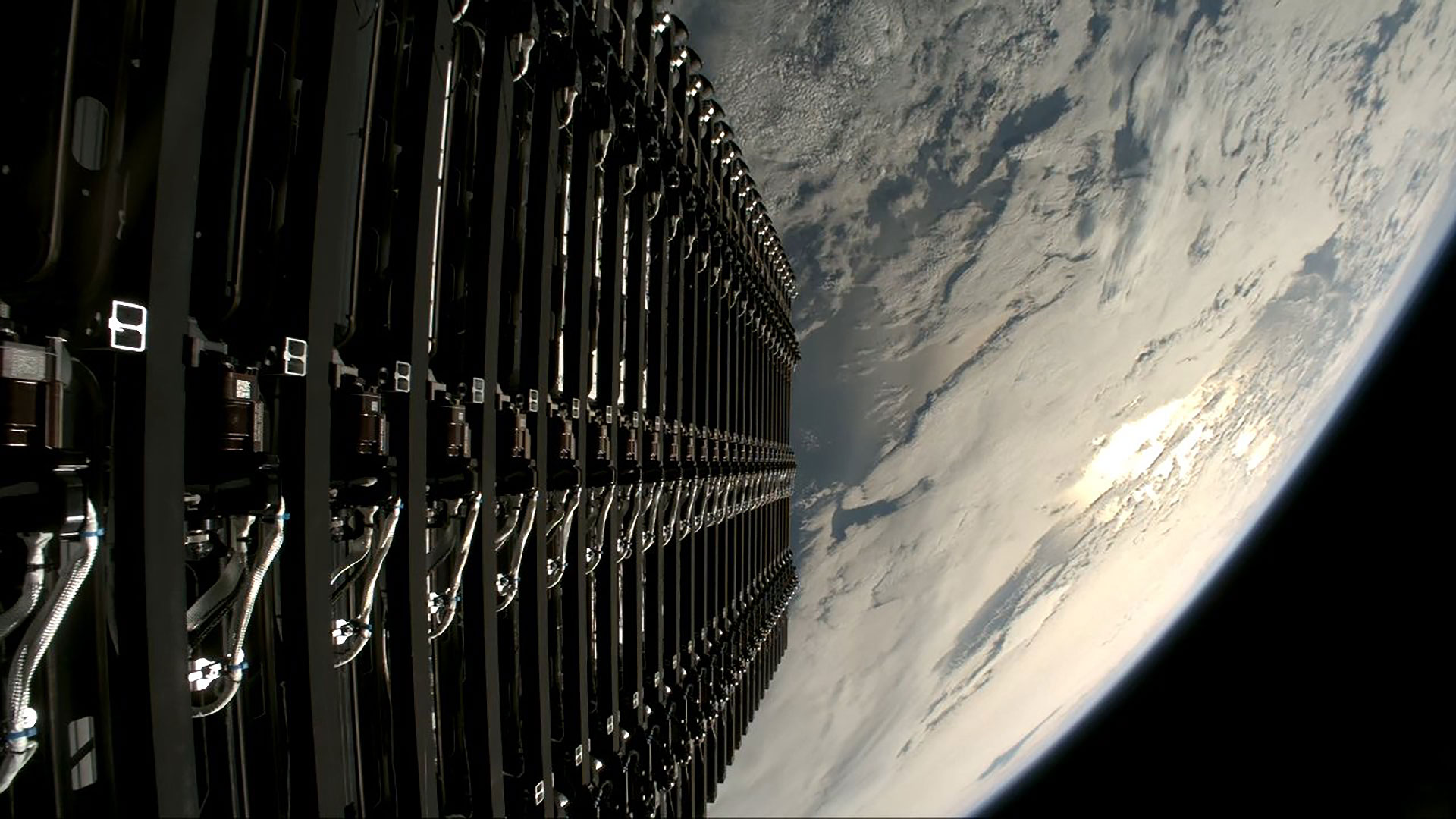Best wide-angle camera lenses 2025: Discover the ideal wide-angle for your camera
Explore the best wide-angle lenses for the most popular camera systems used for capturing incredible photos and videos of the night sky.
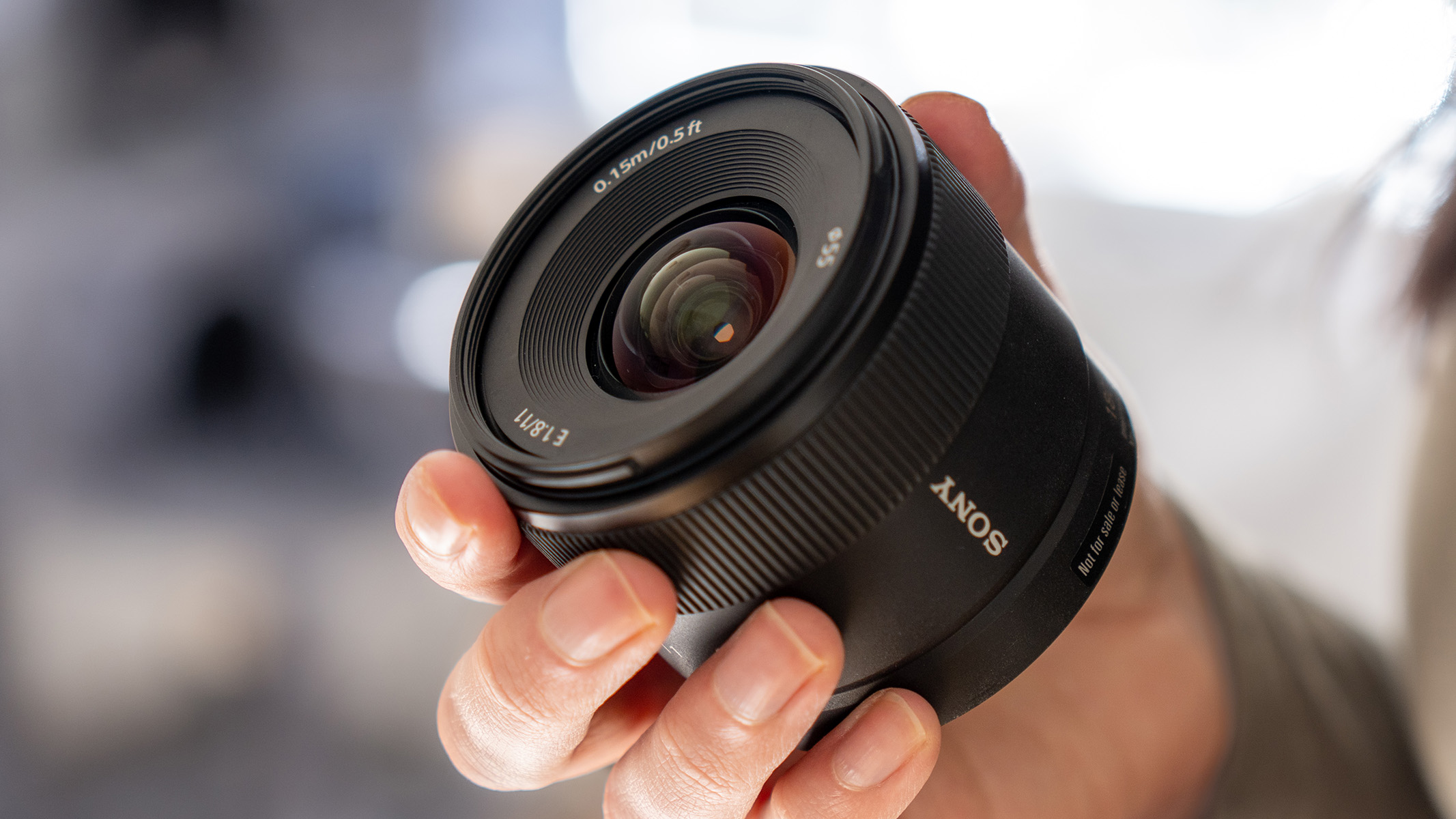
Enhance your night photography by pairing up one of the best cameras for photos and videos with one of the best wide-angle lenses. Alternatively, you may find what you’re looking for in our comprehensive best lenses for astrophotography and best zoom lenses guides. But if you’re aiming to capture the widest view of the sky possible, you’re in the right place.
Wide-angle prime and zoom lenses will always be popular for astrophotography because they allow you to capture more of the sky than standard or telephoto focal lengths. Furthermore, they’re fantastic for incorporating ground and foreground elements within your shots to add a visual anchor. We’ll be looking at the very best available for a range of camera systems.
If you’re an expert astrophotographer or simply want to improve your results, check out our guide on the best star trackers to take your night sky photography to the next level. Star trackers are the ultimate tool for astrophotographers to pair up the best wide-angle lens for their style of photography.
The quick list
Below you'll find an overview of all the lenses included in this guide, with some pros and cons to help you find the ones that best suit your needs and budget. In this section, you will find links to read more detailed reviews of the products you're most interested in.
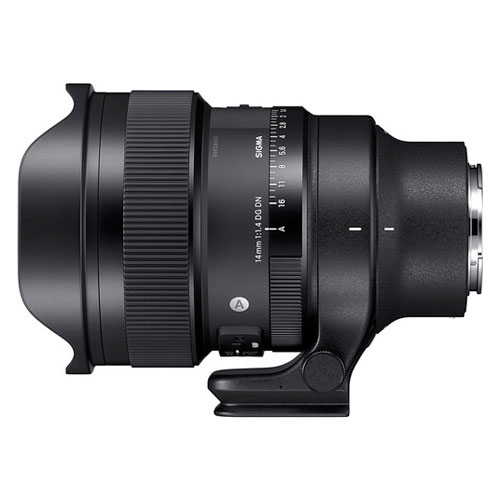
Best third-party lens
The Sigma 14mm f/1.4 DG DN Art is a unique prime lens with an ultra-wide field of view, large maximum aperture and excellent build quality.
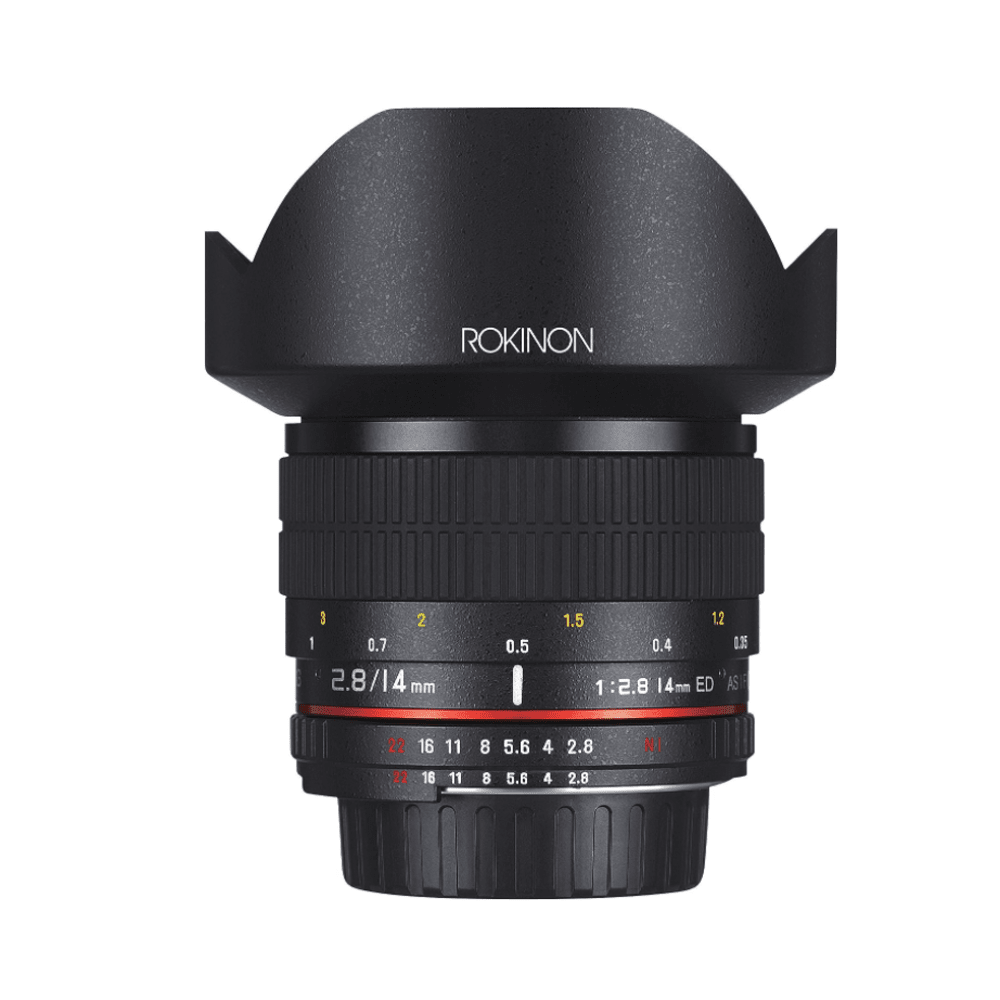
Best cheapest
Wide-angle primes don’t have to cost the earth, and the Rokinon/Samyang 14mm f/2.8 is a budget model you can’t afford to overlook, with several lens mounts available.
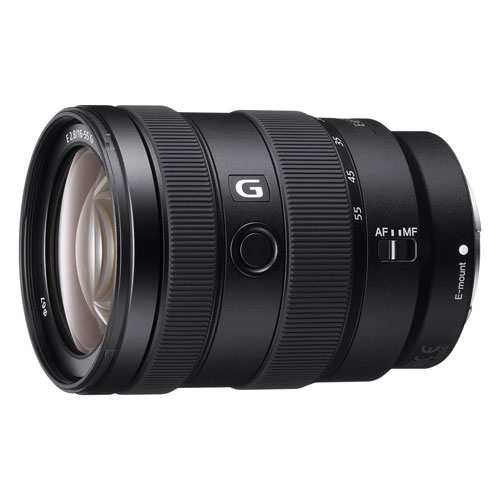
Best Sony E
With an equivalent focal range of 24-82.5mm, the Sony E 16-55mm f/2.8 G is an extremely versatile standard zoom for Sony E-Mount APS-C cameras.
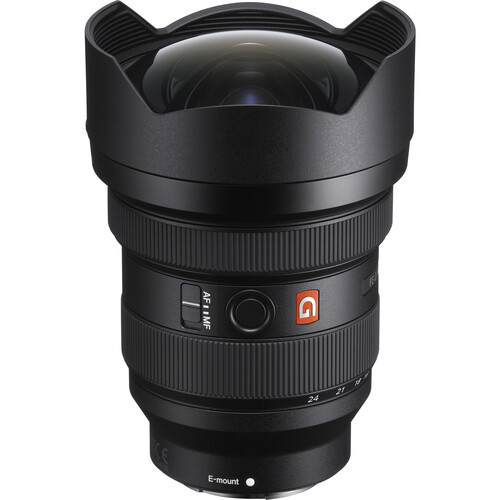
Best Sony FE
If you’re looking for a top-notch ultra wide-angle zoom for your full-frame Sony camera, the Sony FE 12-24mm f/2.8 G Master is a stunning piece of glass.
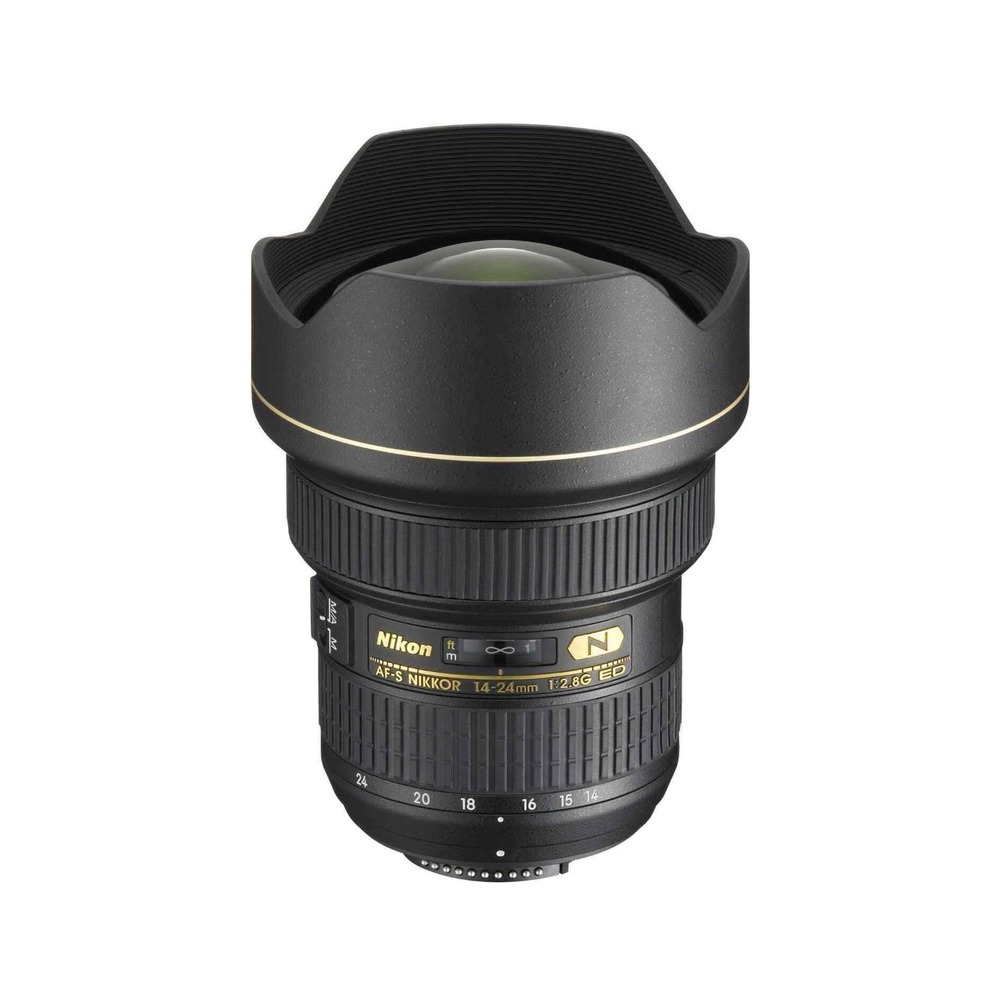
Best Nikon F-Mount zoom
The Nikon AF-S 14-24mm f/2.8 ED is a DLSR classic offering excellent image quality alongside its ultra wide-angle focal range. It can also be used with Z-Series cameras using the FTZ II adaptor.
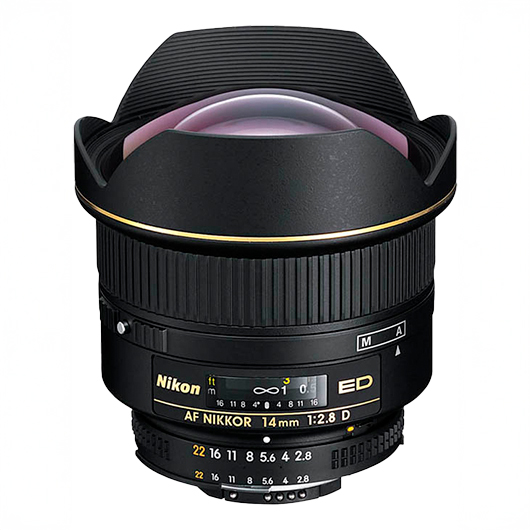
Best Nikon F-Mount prime
The AF Nikkor 14mm f/2.8D ED is a professional ultra wide-angle prime lens for Nikon F-Mount DSLRs. It can also be used with Z Series cameras when paired with the Nikon FTZ II adaptor.
Load the next 6 products ↴
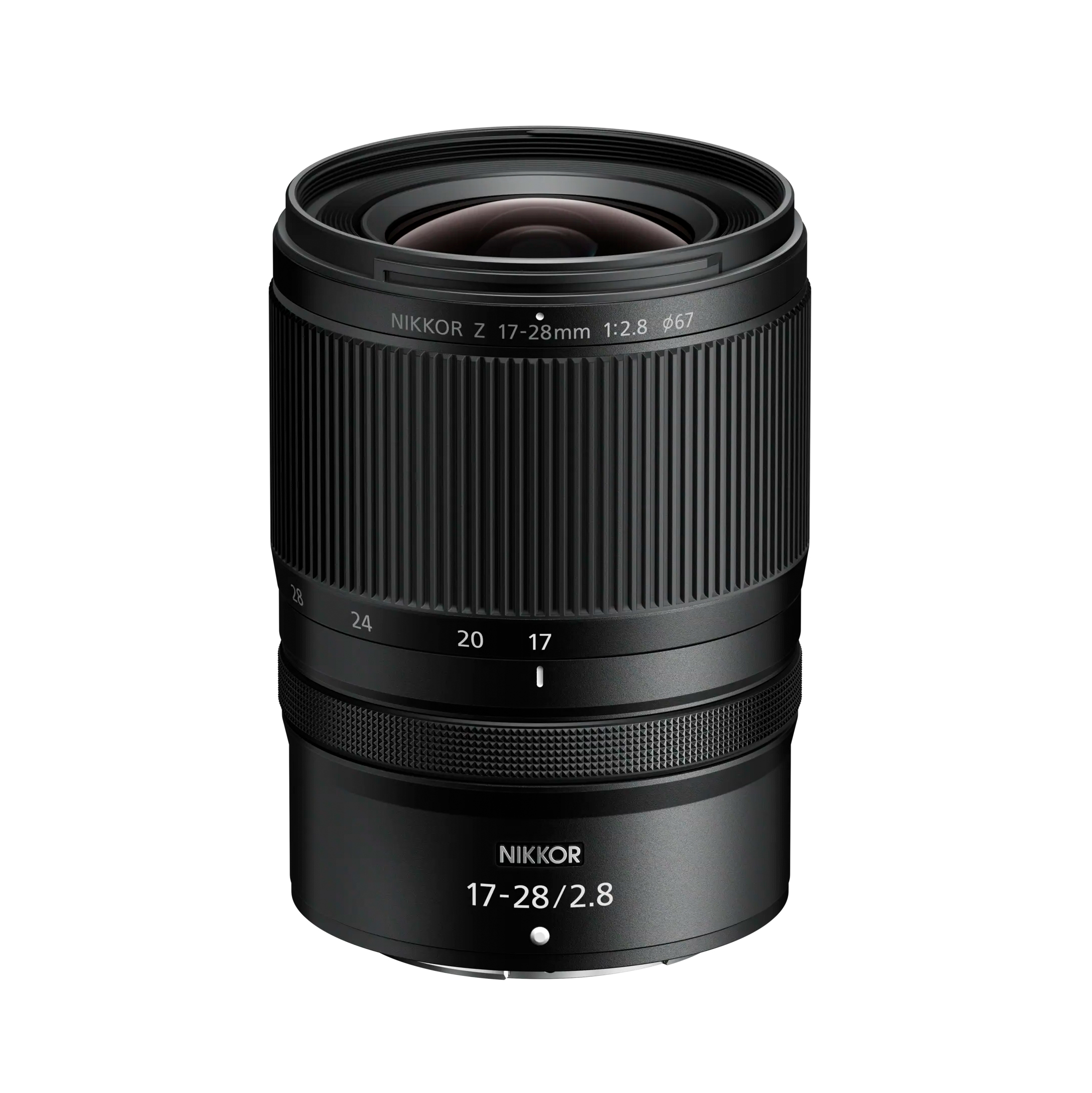
Best Nikon Z-Mount zoom
The Nikkor Z 17-28mm f/2.8 is a compact and lightweight ultra wide-angle zoom with a fast f/2.8 maximum aperture. This is a lens that can cover many astrophotography compositions.
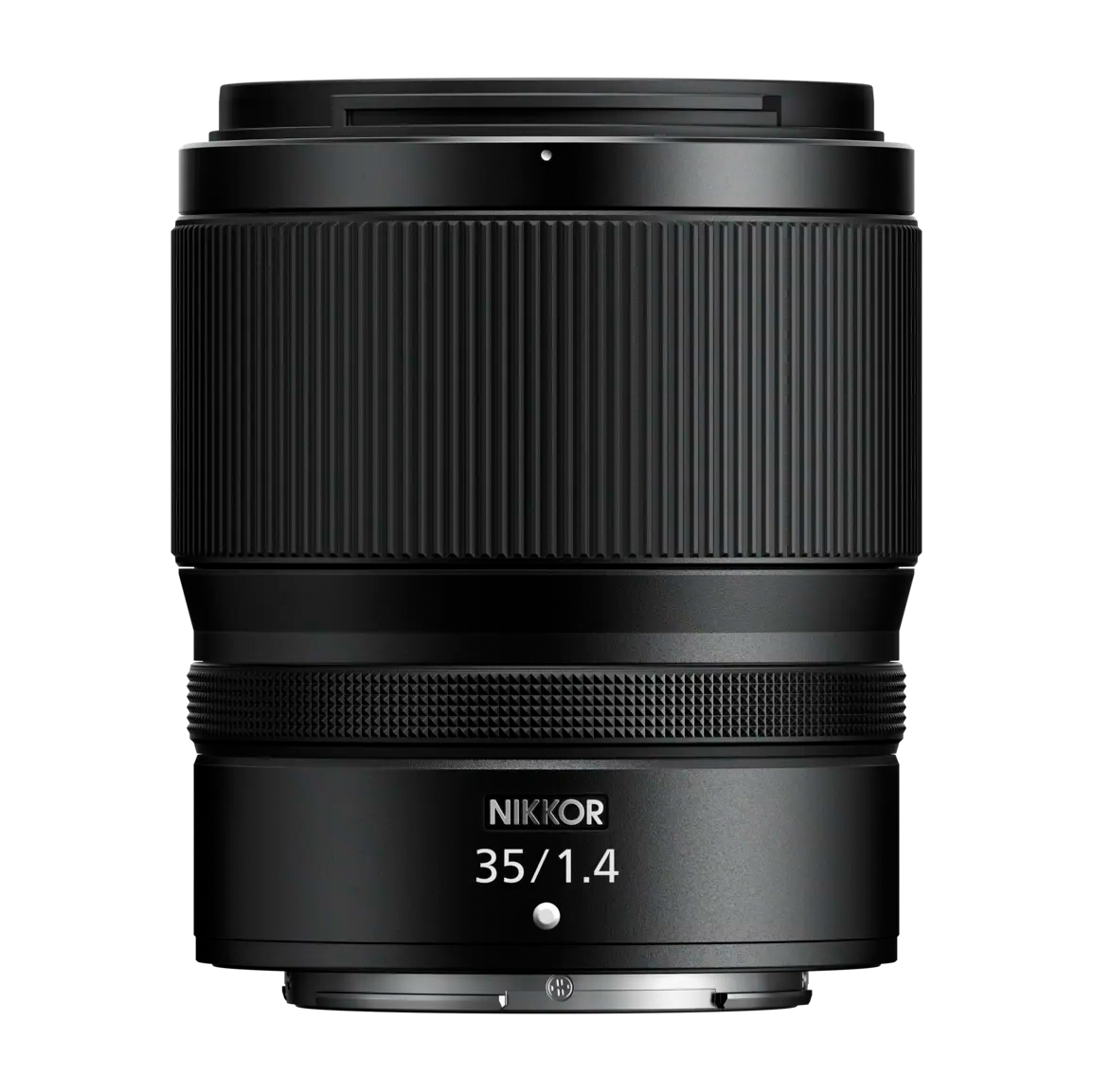
Best Nikon Z-Mount prime
Often touted as the perfect street photography lens, the Nikkor Z 35mm f/1.4 is also a fantastic lens for astrophotography thanks to its focal length and fast maximum aperture.
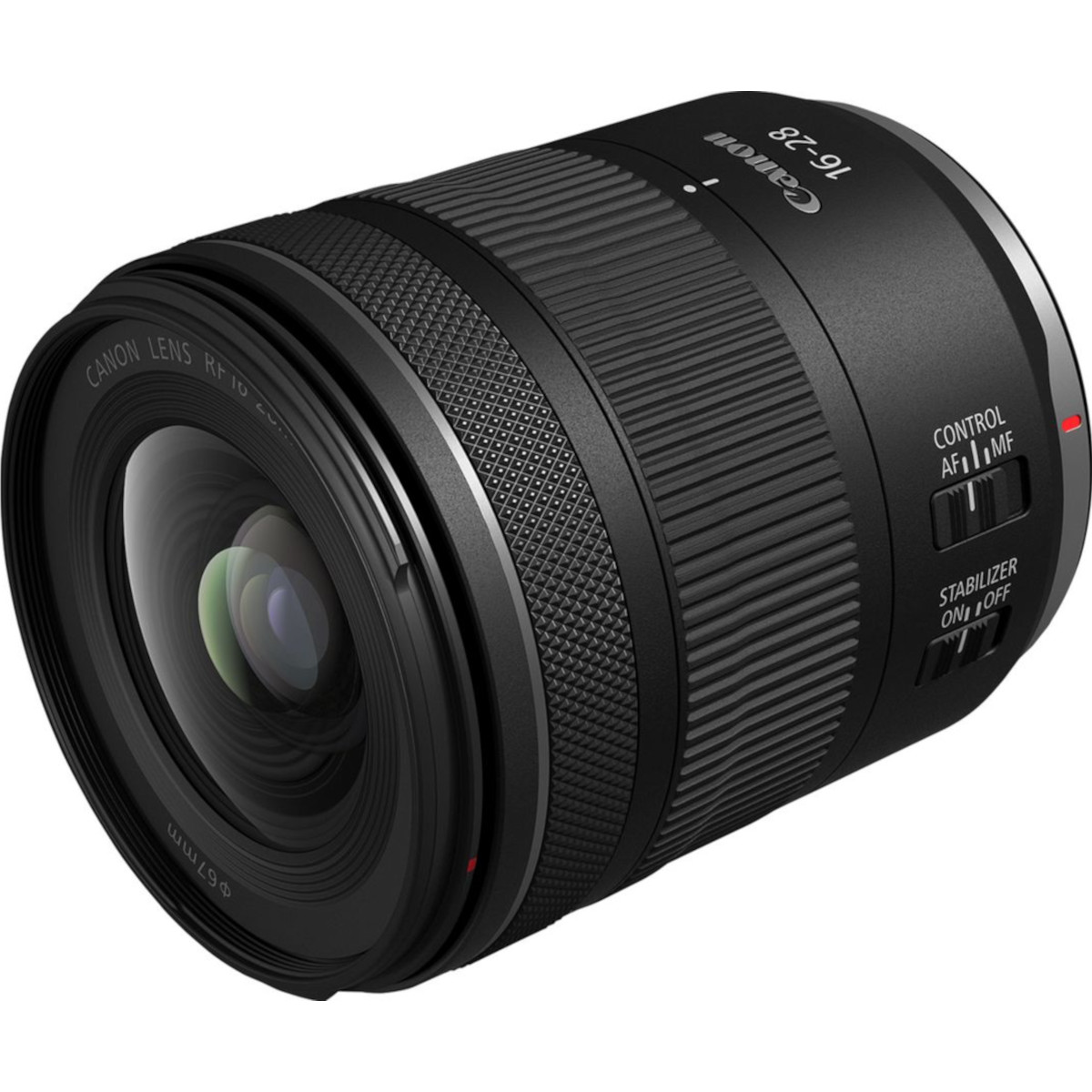
Best Canon RF zoom
The Canon RF 16-28mm F2.8 IS STM is an impressive ultra wide-angle Canon RF lens that’s perfect for astrophotography, landscapes, architecture and travel photography.
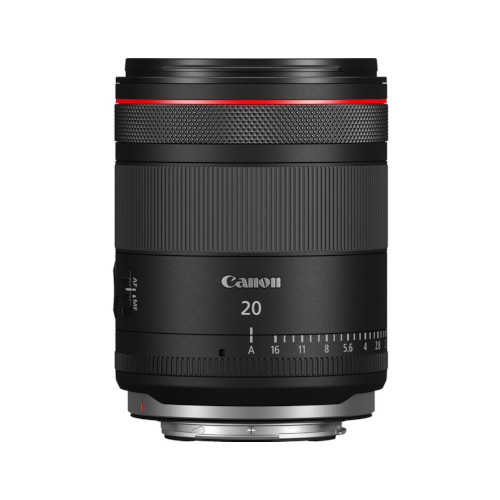
Best Canon RF prime
The Canon RF 20mm F1.4L VCM is a hybrid photo and video lens, and the widest available in Canon’s hybrid series. Image quality is excellent alongside impressive build quality.
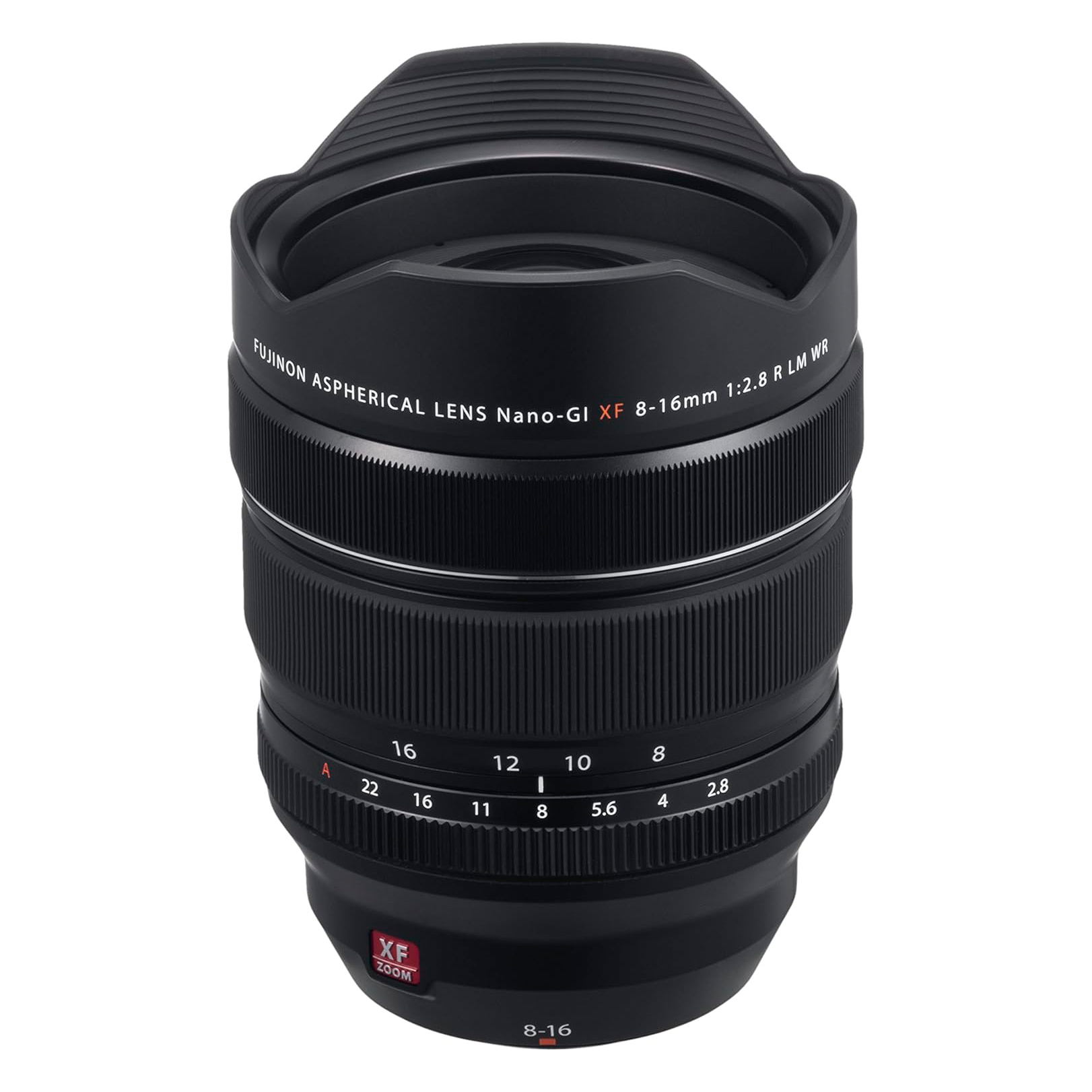
Best Fujifilm zoom
The Fujinon XF 8-16mm F2.8 R LM WR is an impressive weather-resistant, ultra wide-angle zoom with a 12-24mm equivalent focal range for Fujifilm X-Series cameras.
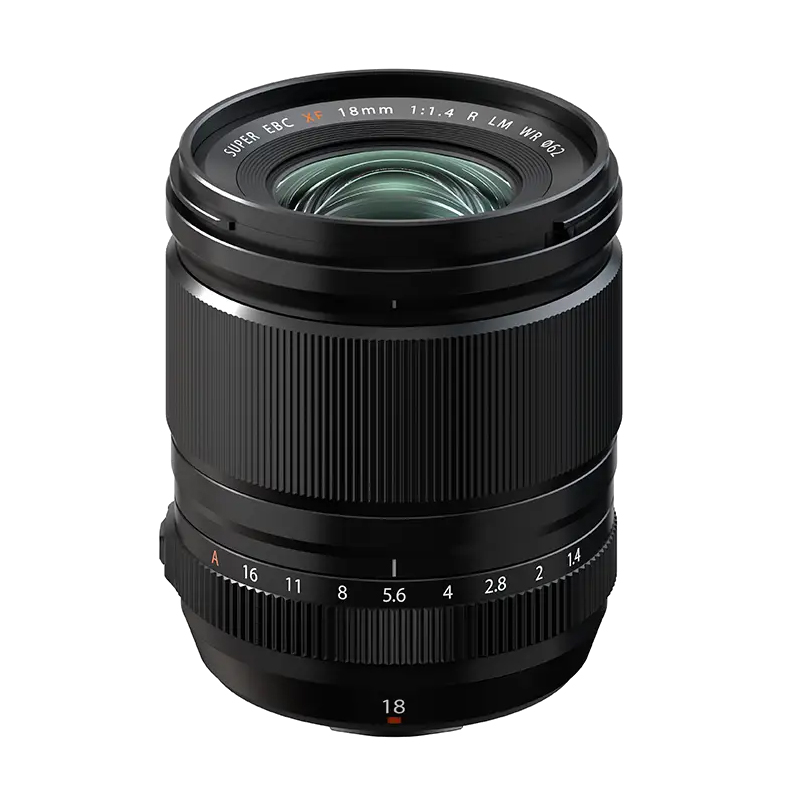
Best Fujifilm prime
A compact professional prime lens with a 27mm equivalent focal length. Image quality is impressive, while the durable build is perfect for outdoor photography.
The best wide-angle lenses we recommend in 2025
Why you can trust Space.com
Best third-party lens
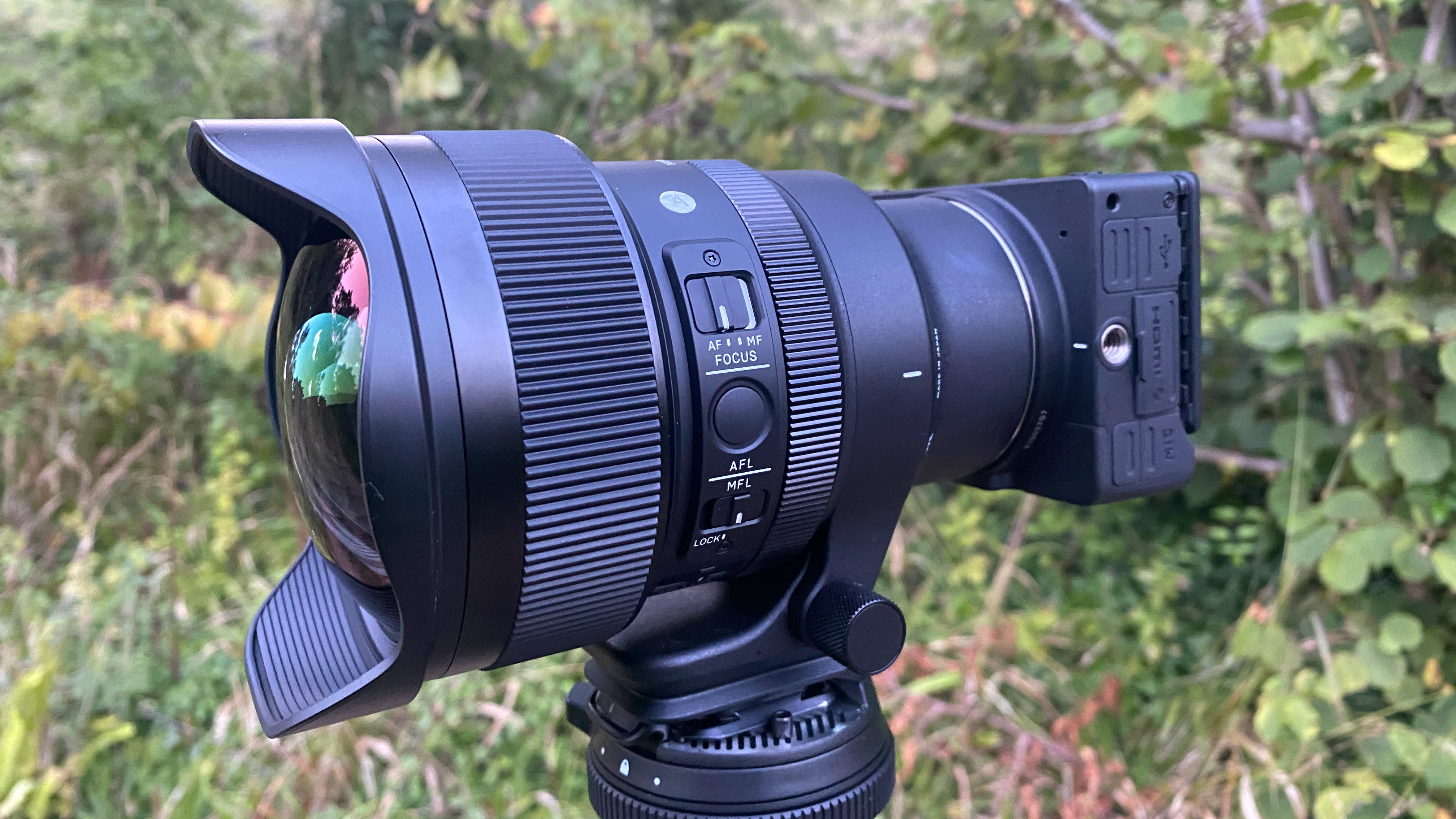
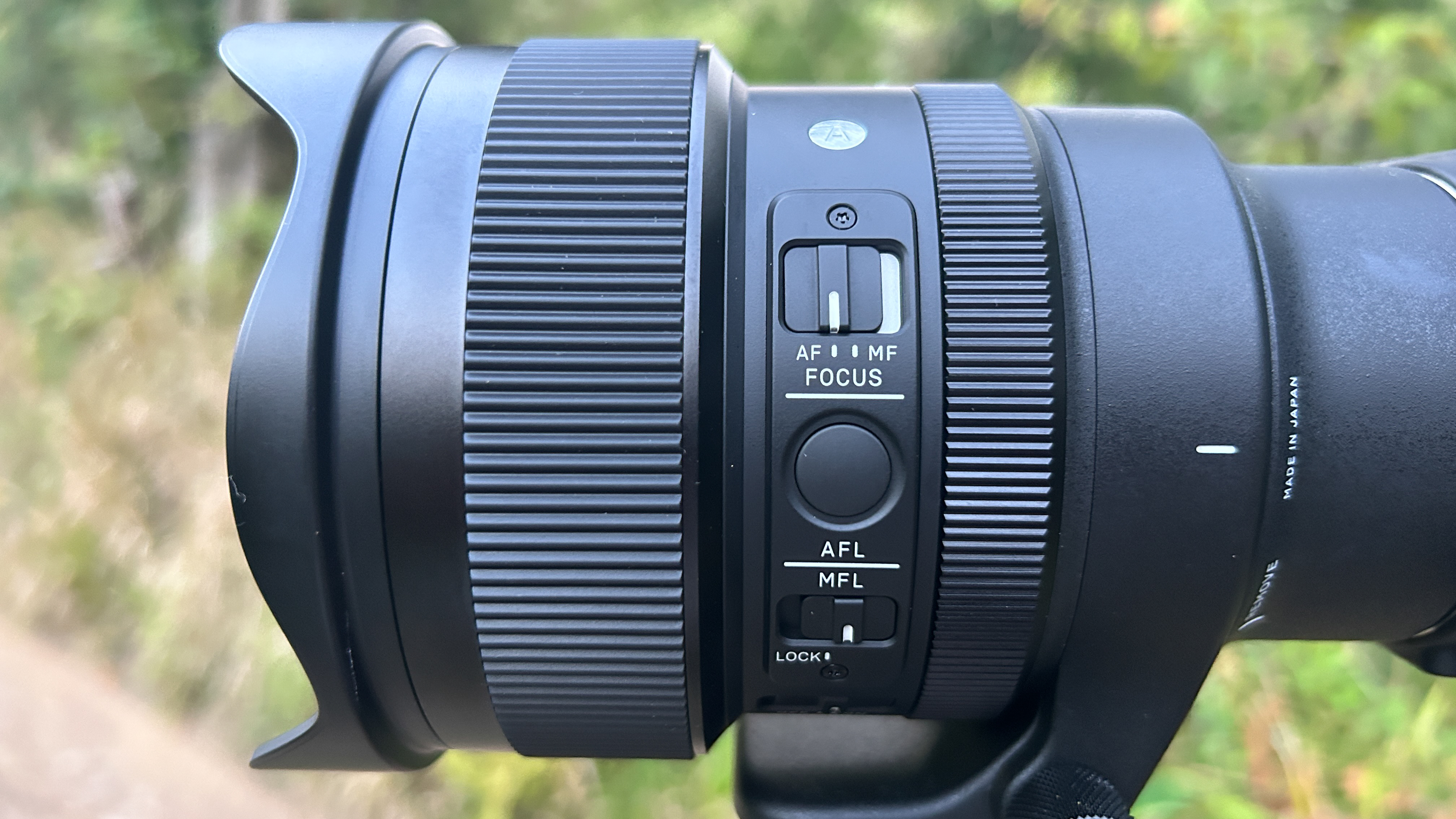
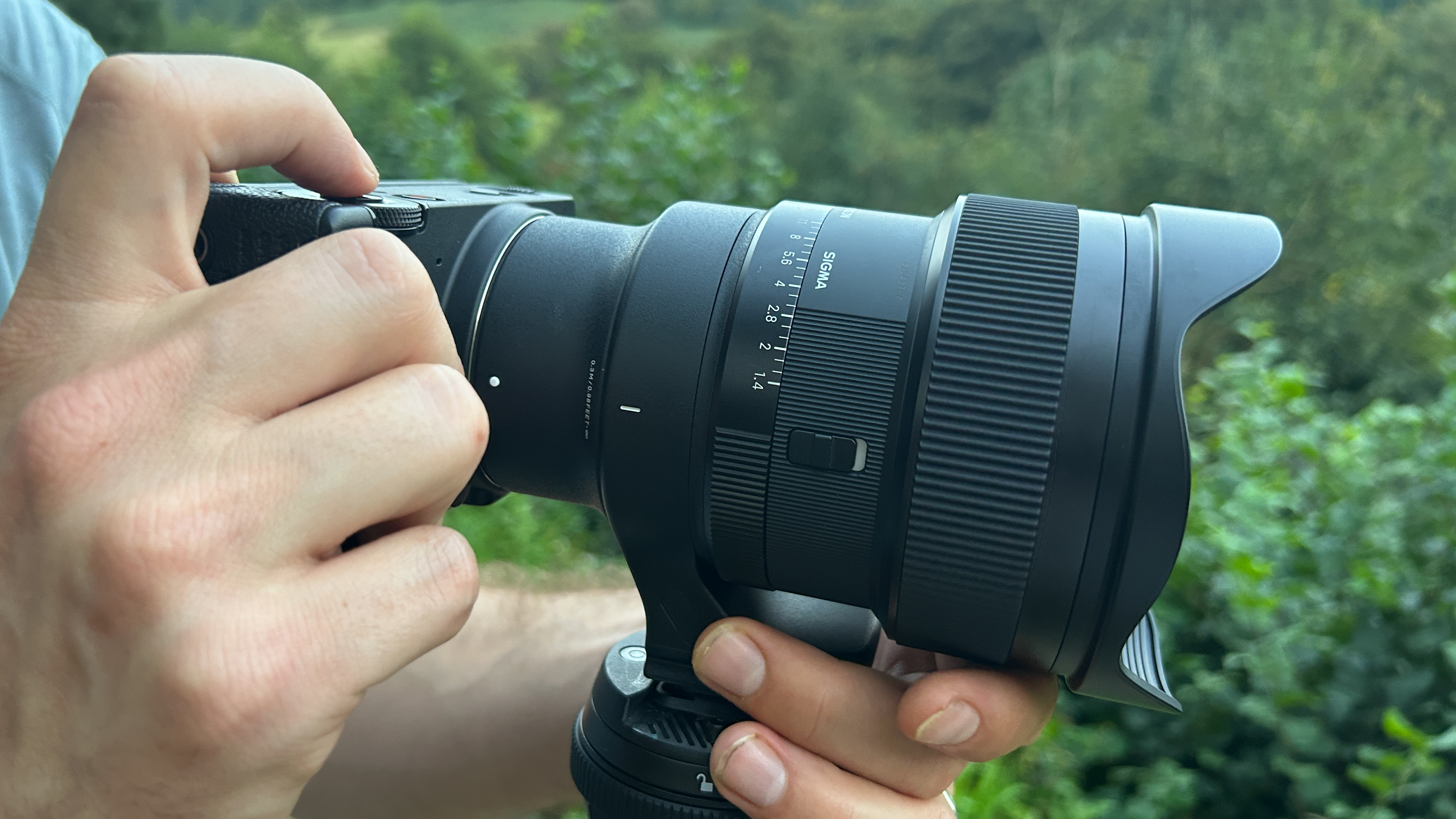
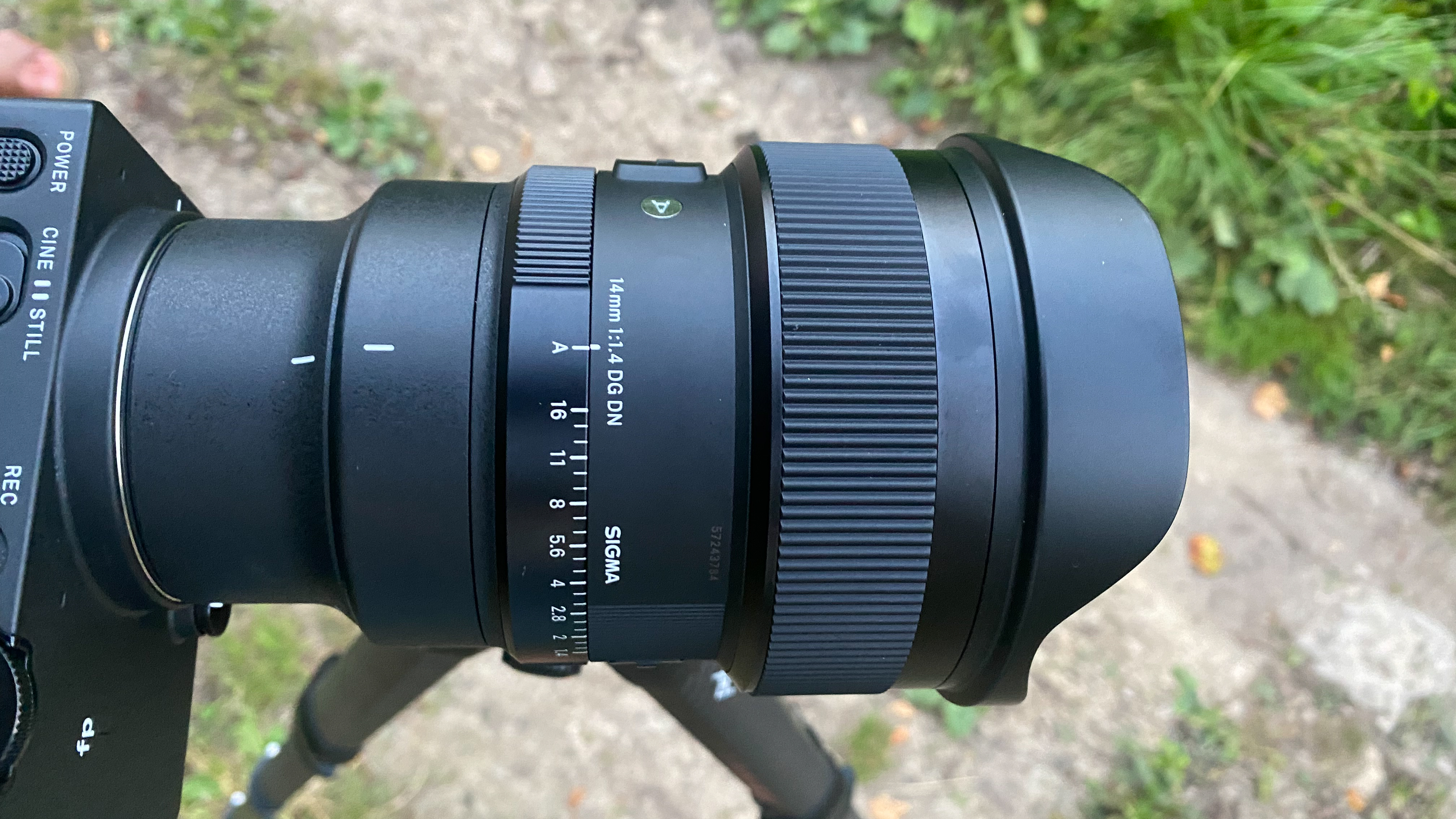
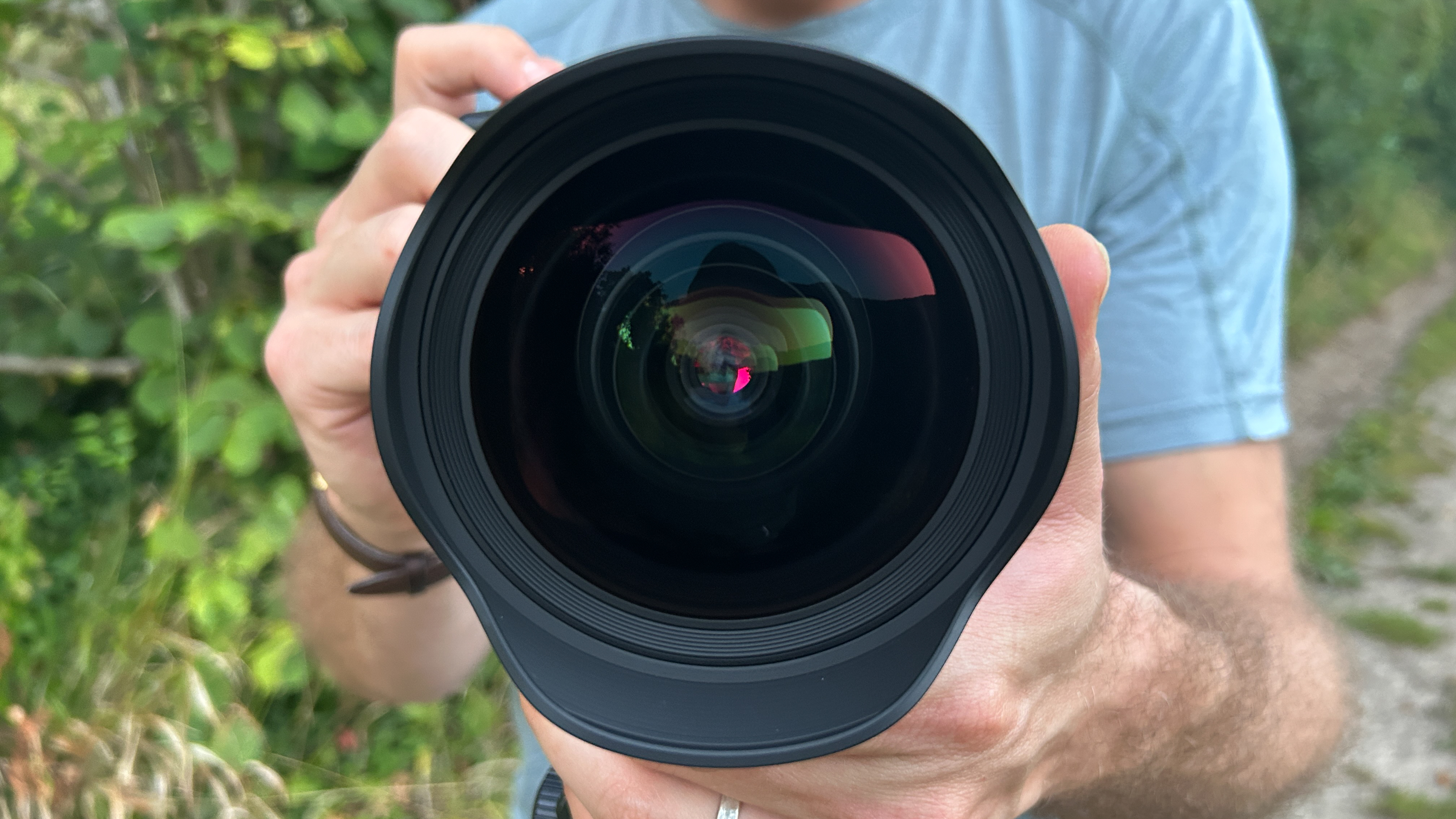
Specifications
Reasons to buy
Reasons to avoid
✅ You need a fast and wide prime: The Sigma 14mm f/1.4 DG DN Art is the fastest ultra wide-angle prime available.
✅ You want excellent image quality: The image quality produced by this lens is fantastic, with well-controlled chromatic aberration and distortion.
❌ You want to travel light: This is a large and heavy lens as a result of the focal length and maximum aperture combination.
❌ You’re on a budget: While the lens is priced as you’d expect, you can find alternative wide-angle primes at more affordable prices.
🔎 The Sigma 14mm f/1.4 DG DN Art is the world’s first lens of its type. It offers excellent build quality and durability, while the image quality produced by the lens is impressive. It is, however, large and heavy, so it’s not as portable as many alternatives. ★★★★½
The Sigma 14mm f/1.4 DG DN Art is an ultra wide-angle prime lens coupled with a fast f/1.4 maximum aperture. It’s hugely impressive on a technical front, and its design illustrates this, but this unique combination means that it’s a large lens with a large bulbous front element. It’s still, however, an astrophotographer’s dream lens.
Design: This is a fantastic lens for astrophotographers shooting with Sigma L-Mount and Sony EF cameras. Build quality is excellent, although the lens weighs in at 2.58 lbs / 1170 g. There is a tripod collar, which is essential, and the bulbous front element is protected to a degree by a built-in petal lens hood.
Performance: The image quality produced by this lens is nothing short of amazing. Chromatic aberration and distortion are well controlled, while overall sharpness, even in the corners of the frame, is impressive. These credentials alone make it ideal for astrophotography, landscapes, architecture and many more subjects, as we discussed in our Sigma 14mm f/1.4 DG DN Art review.
Functionality: The Sigma 14mm f/1.4 DG DN Art features a manual aperture ring and a large and smooth manual focus ring. There’s the usual AF/MF switch, a focus lock, which could be useful, and a customizable button. There’s a rear filter holder for sheet-type filters since the front element is so large, which means landscape photographers can still use certain types of filters.
Read our full Sigma 14mm f/1.4 DG DN Art review
Attributes | Notes |
|---|---|
Design: | Exceptional build quality. |
Performance: | Fantastic image quality. |
Functionality: | Fast aperture and ultra wide-angle lens. |
Best cheapest
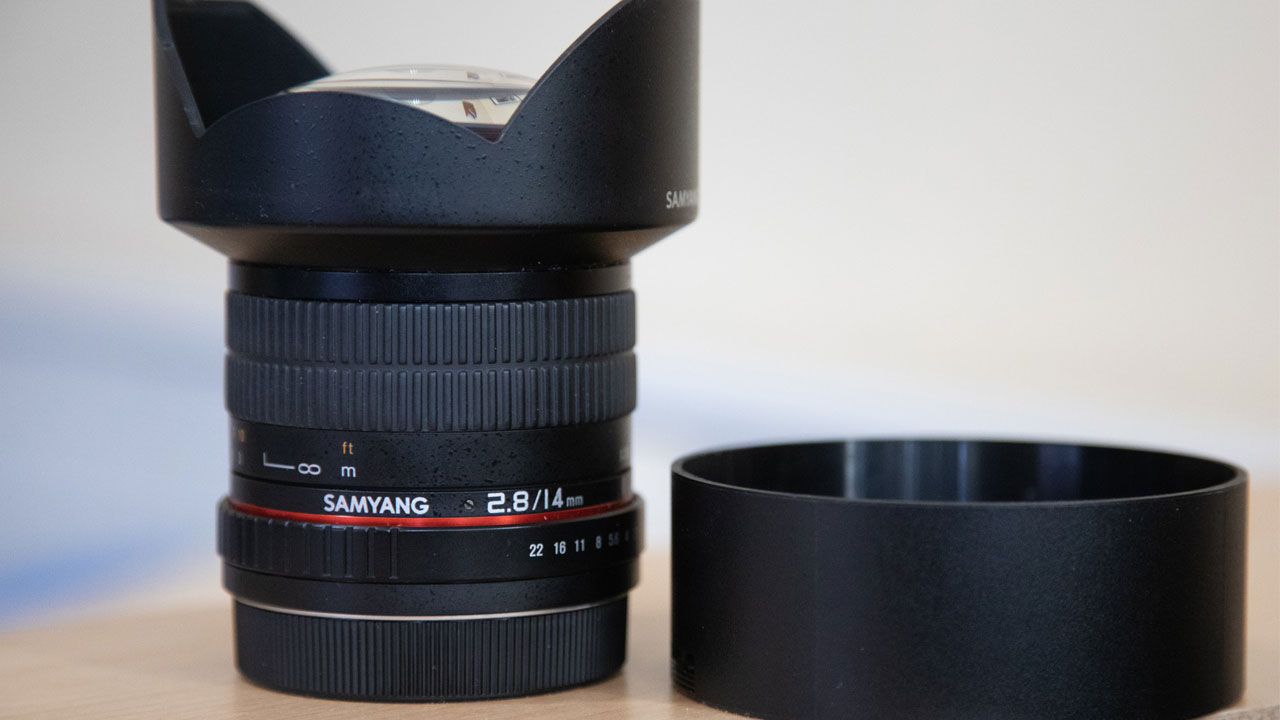
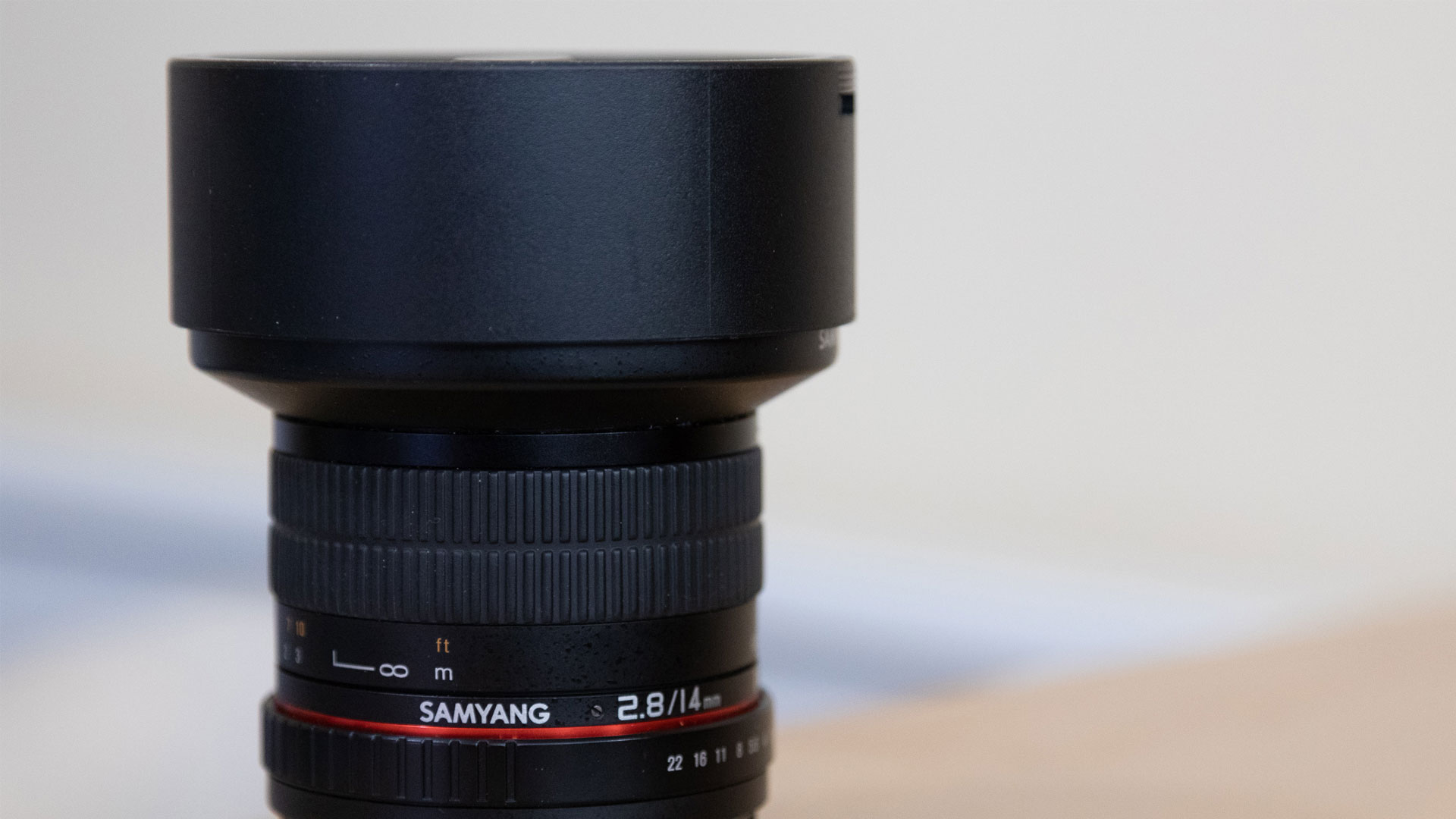

Specifications
Reasons to buy
Reasons to avoid
✅ You’re on a budget: Wide-angle primes don’t usually come this cheap, but this lens is incredibly affordable.
✅ You’d like a compact lens: This is a small and lightweight lens that you’ll barely realise you’re carrying.
❌ You require great image quality: This lens is sufficient, but there is chromatic aberration visible in shots.
❌ You’d like autofocus: While AF is pretty much useless for astrophotography, you may require it in other situations.
🔎 The Rokinon/Samyang 14mm f/2.8 is a great lens for budding astrophotographers on a budget. The 14mm focal length and full manual control are ideal for capturing the night sky, while the small size and low weight make it a worthy addition to beginner’s kit bags. ★★★★
The Rokinon/Samyang 14mm f/2.8 is one of the least expensive wide-angle primes you’ll find for astrophotography, and it’s available in several lens mounts. Control is fully manual with manual focus only and a traditional aperture ring. Both of which are ideal for astrophotography, so don’t let these put you off.
Design: This is a compact and lightweight lens that weighs just 1.1 lbs / 499 g. It certainly has the look of an older lens designed for capturing film, with the slim manual focus ring sitting conveniently between the manual aperture ring and the fixed petal lens hood. This lens is sold under two names: Rokinon/Samyang, but both are the same.
Performance: Images from this budget-friendly lens suffer from distortion, and although the centre of the frame is acceptably sharp, there’s noticeable fall-off towards the edges wide open. Chromatic aberration and vignetting are also visible, although these, alongside the distortion, can be fixed in photo editing software.
Functionality: As we mentioned in our Rokinon/Samyang 14mm f/2.8 review, the main points of interest in this lens are its small size, lightweight, low cost, the reasonably fast maximum aperture and the wide focal length. There are no special features, although there is an autofocus version available for a higher cost if you require this functionality.
Read our full Rokinon/Samyang 14mm f/2.8 review
Attributes | Notes |
|---|---|
Design: | Small and lightweight with acceptable build quality. |
Performance: | Adequate, although great for the price. |
Functionality: | A basic, fully manual lens. |
Best Sony E
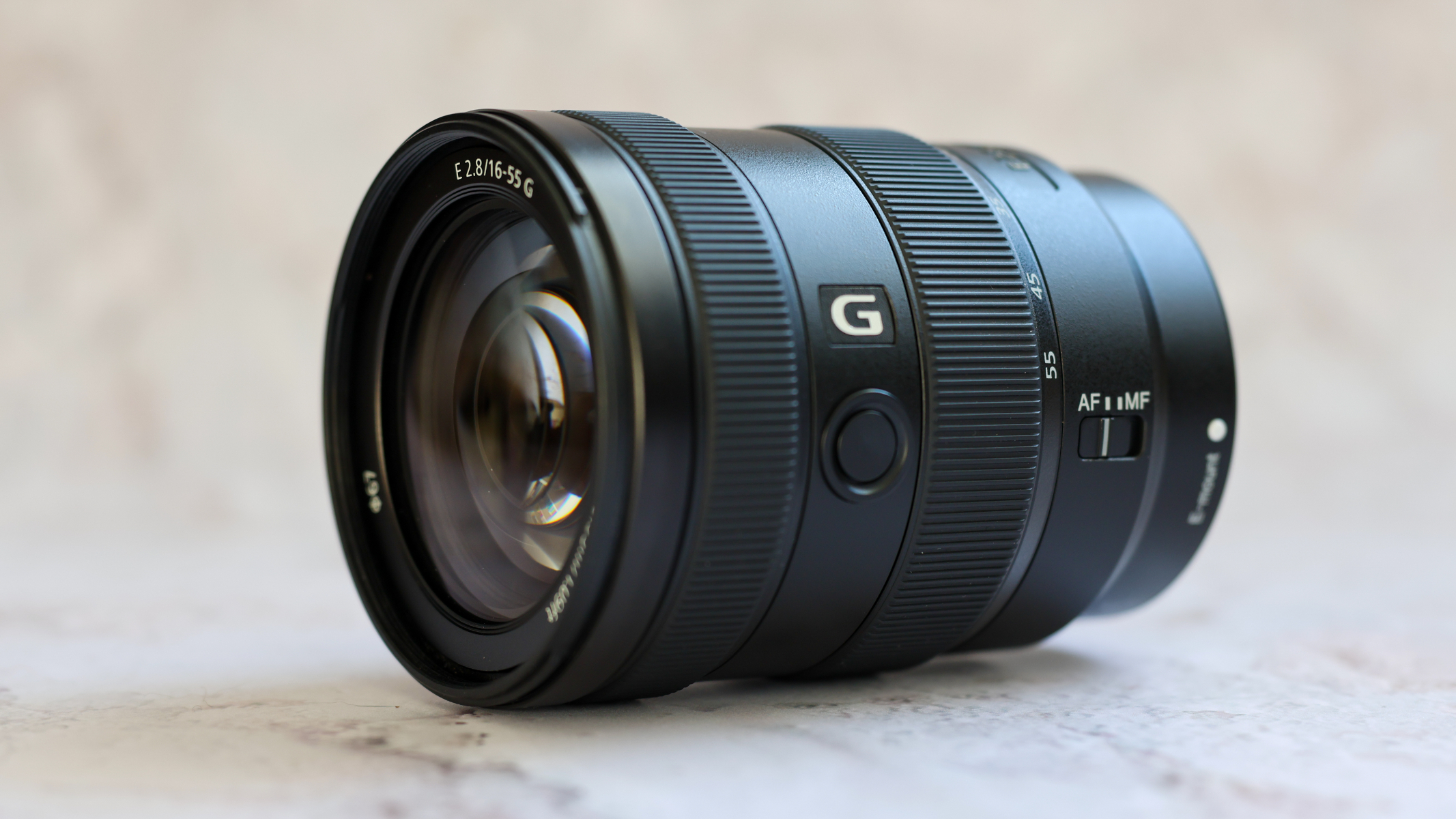
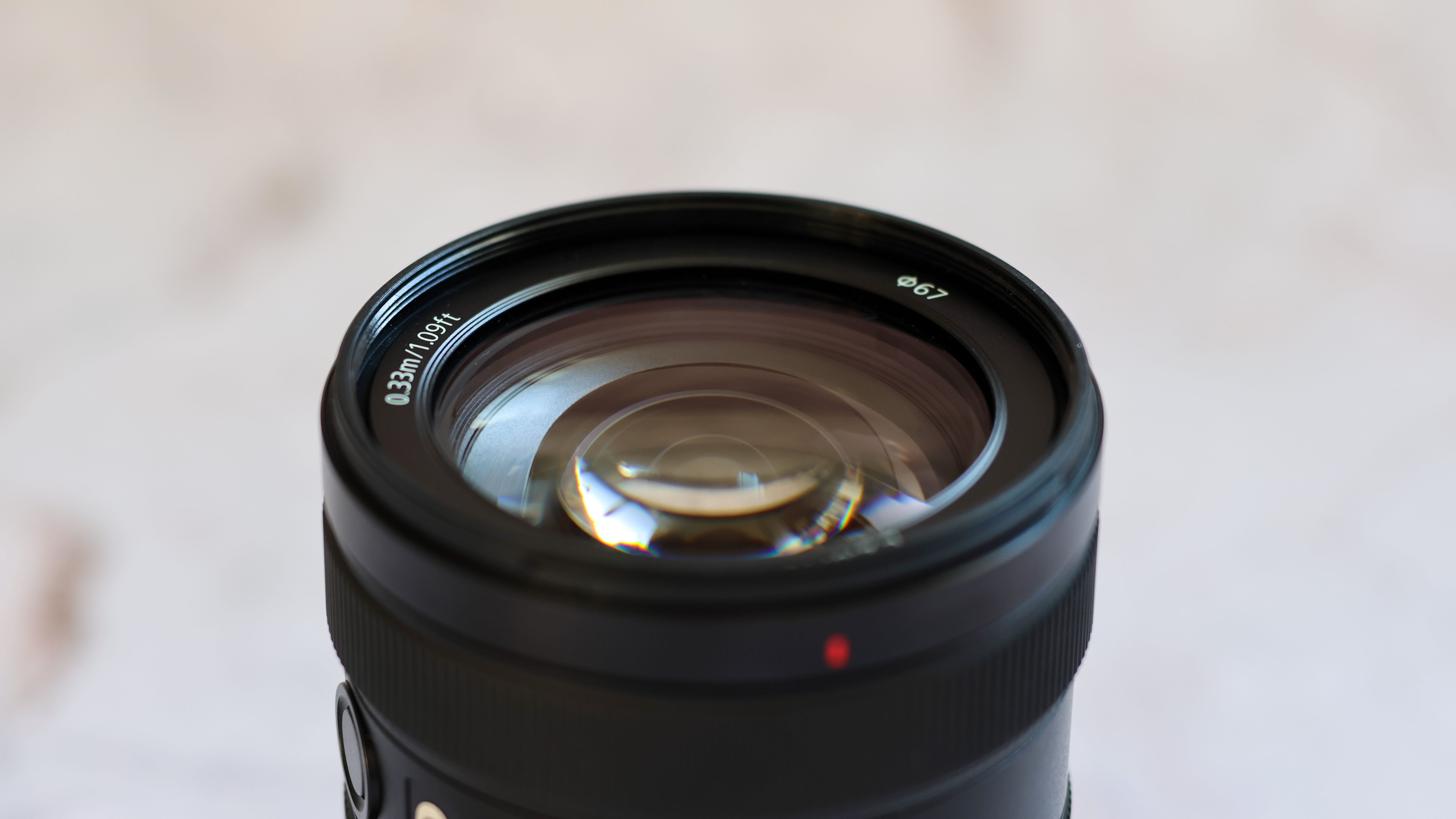
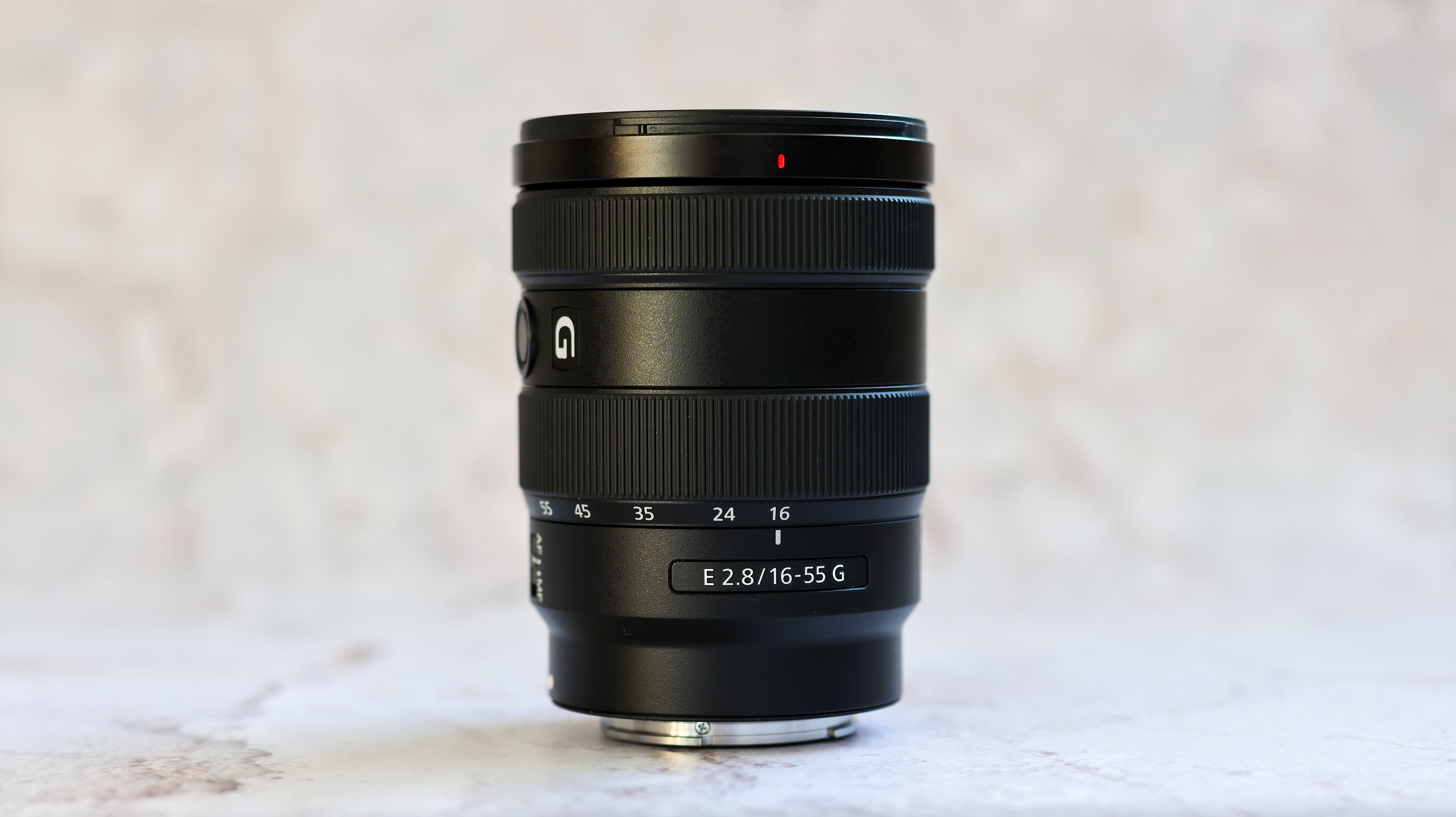
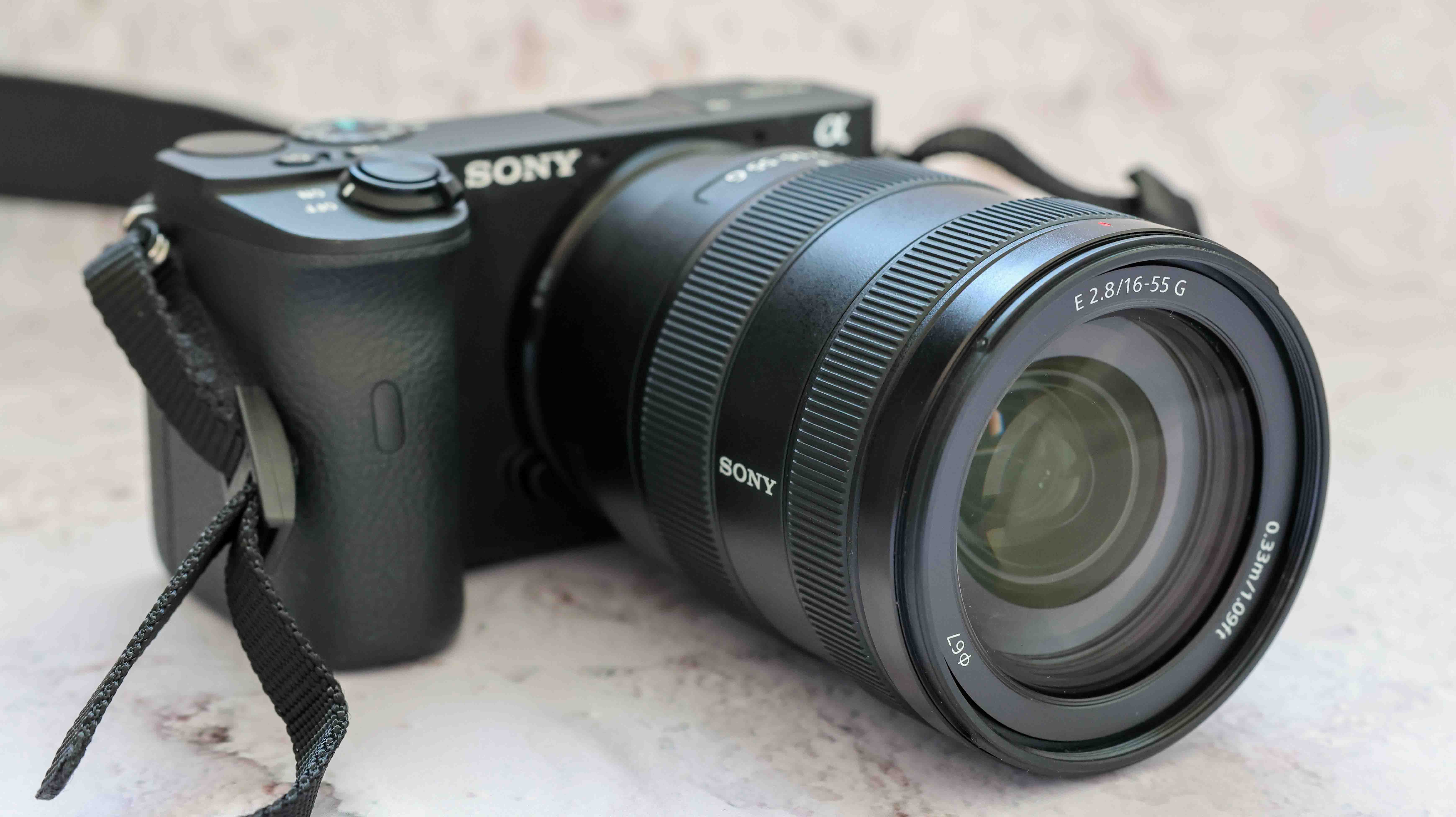
Specifications
Reasons to buy
Reasons to avoid
✅ You need a workhorse lens: This is a lens that can be used for an incredibly wide range of subjects, including astrophotography.
✅ You’d like a fast zoom: Thanks to its constant f/2.8 aperture, the light-gathering capabilities of the lens are respectable.
❌ You need a wider lens: If you need an ultra wide-angle lens for your Sony APS-C camera, you’ll need a 10mm or 12mm minimum focal length.
❌ You’d like a faster Aperture: Prime lenses typically have faster maximum apertures of f/1.8 or wider, which allow for lower ISO settings to be used.
🔎 The Sony E 16-55mm f/2.8 G is the most versatile zoom available for E-Mount APS-C cameras> This is thanks to its 24-82.5mm equivalent focal range and fast f/2.8 constant aperture. It’s also dust and moisture-resistant, making it ideal for outdoor photography. ★★★★
The Sony E 16-55mm f/2.8 G is a versatile standard zoom lens that will undoubtedly get plenty of use attached to your APS-C Sony E-Mount camera. It’s a useful lens for astrophotography due to its small and lightweight design, while the maximum f/2.8 aperture offers reasonable light-gathering capabilities, as we explained in our Sony E 16-55mm f/2.8 G review.
Design: The lens is compact and lightweight at just 17.43 oz / 494 g. Build quality is fantastic, and its dust and moisture resistance make it ideal for outdoor photography. The lens also features a 24-82.5mm equivalent focal range, although it doesn’t offer Optical Image Stabilization, so you’ll have to rely on IBIS if your camera body offers this feature.
Performance: This is an impressively sharp lens offering noticeable improvements over lower-quality kit lenses. Ghosting and chromatic aberration are virtually non-existent, and color reproduction is excellent. Distortion is heavy and like many modern lenses, the 16-55mm relies heavily on lens corrections to reveal its ultimately impressive image quality.
Functionality: With its constant f/2.8 aperture and 16mm wide-angle setting, this is a useful lens for astrophotography among many other subjects. Autofocus is fast and silent in good light, while manual focus is smooth. It’s a great little lens overall and one that APS-C Sony E-Mount camera owners will love.
Read our full Sony E 16-55mm f/2.8 G review
Attributes | Notes |
|---|---|
Design: | Dust and moisture-resistant build. |
Performance: | Great image quality but relies on lens corrections. |
Functionality: | Reasonably fast f/2.8 constant maximum aperture. |
Best Sony FE
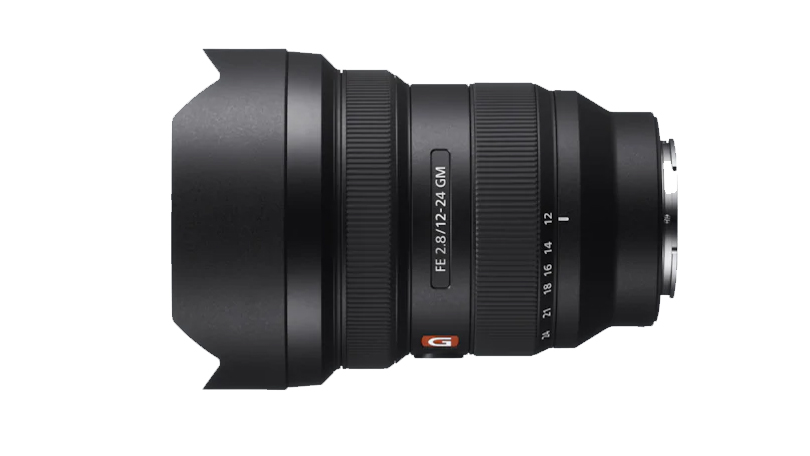
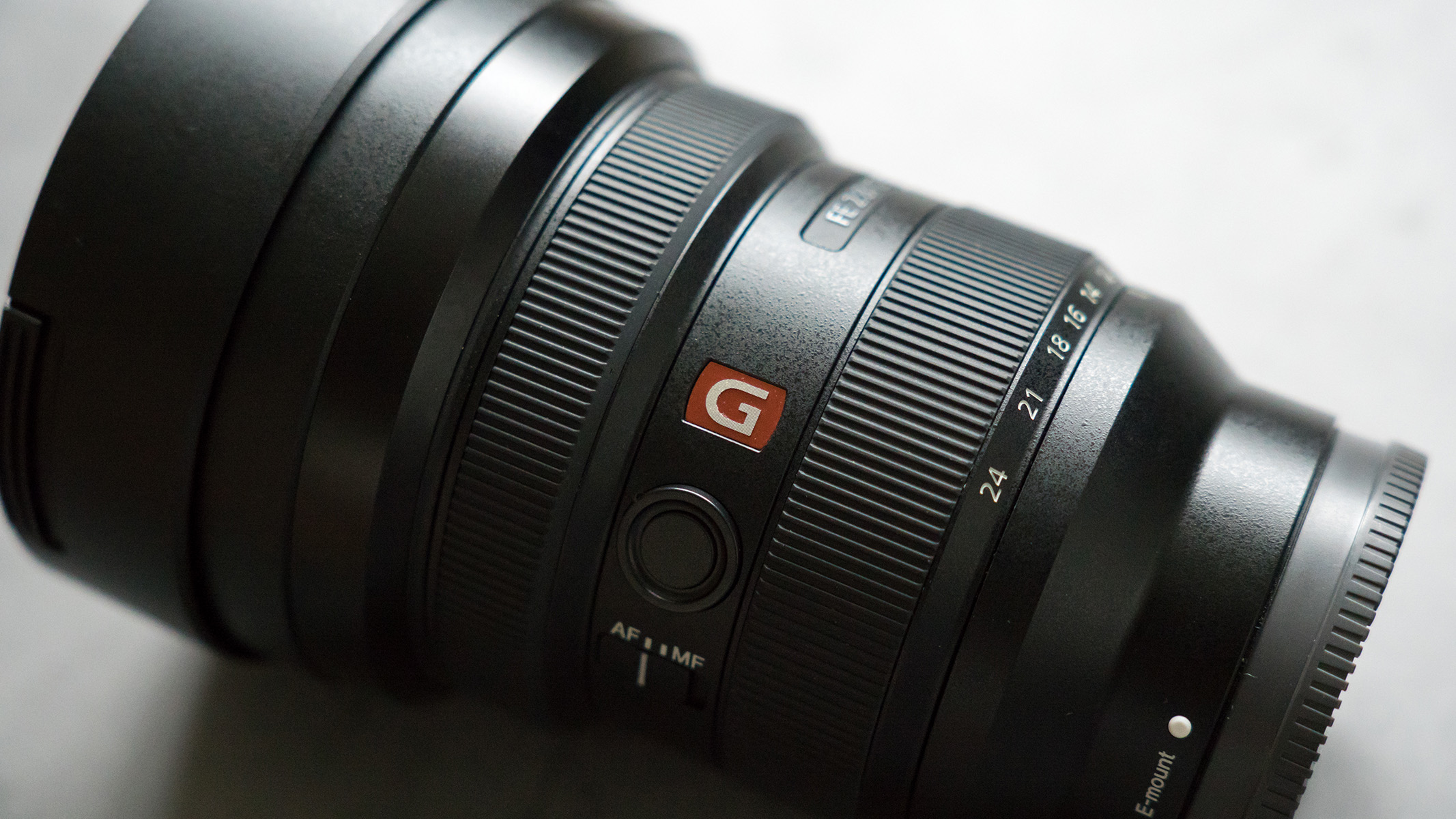
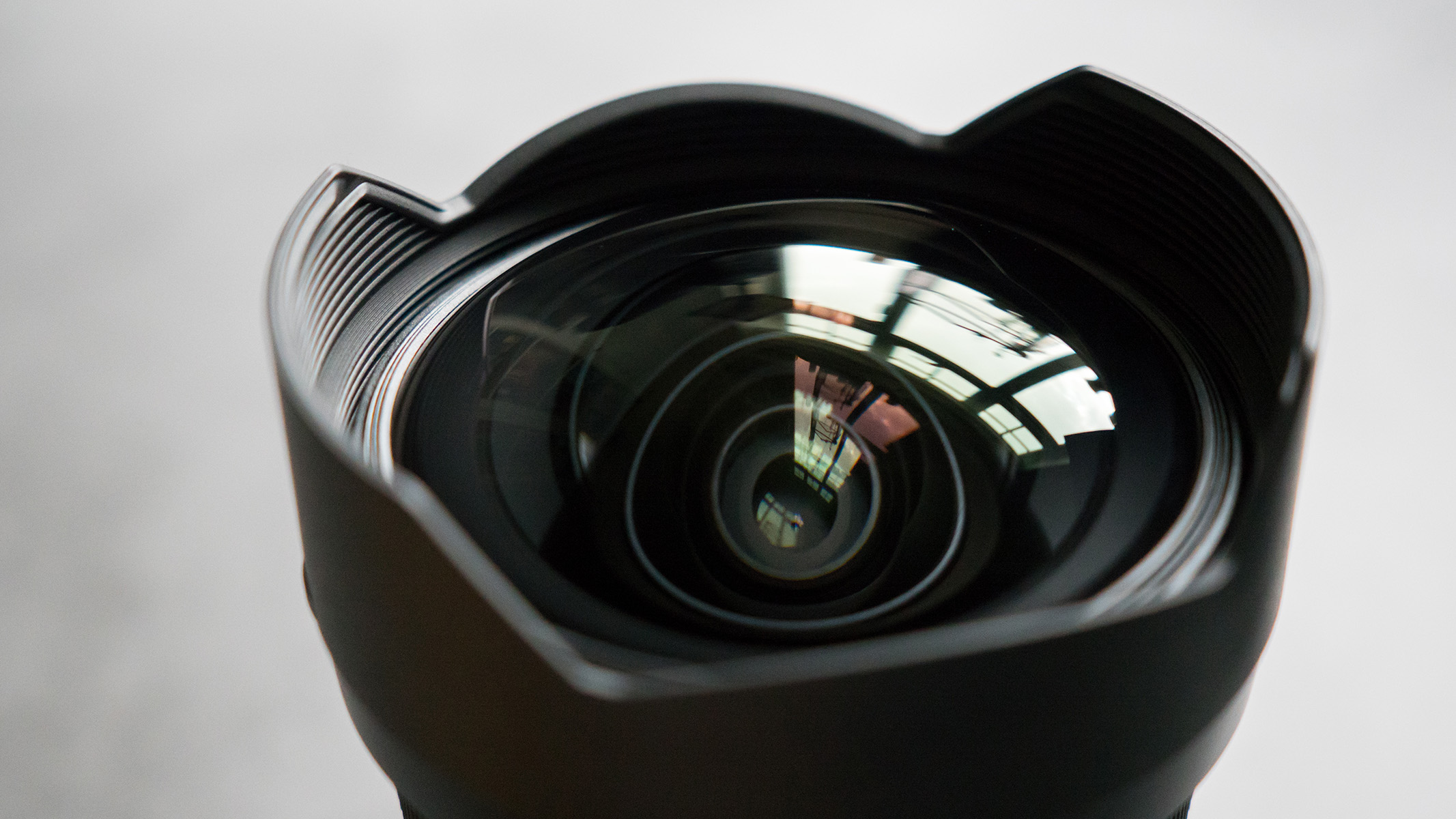
Specifications
Reasons to buy
Reasons to avoid
✅ You want a wide field of view: With its 12-24mm focal range, this lens captures its environment with stunning wide-angle results.
✅ You need speed: With such a wide-angle focal range, combined with the f/2.8 maximum aperture, this lens has excellent light-gathering capabilities.
❌ You’re on a budget: This is an expensive and arguably specialist lens, so you may find it difficult to justify the expense.
❌ You shoot APS-C: If you have an APS-C Sony camera, you’ll be missing out on what makes this lens so special because the equivalent focal range is 18-36mm.
🔎 The Sony FE 12-24mm f/2.8 G Master is an exceptionally high-quality lens with an extremely useful ultra wide-angle focal range. It’s not cheap, but this is a lens that won’t let you down if you require an ultra wide-angle zoom with a fast maximum aperture. ★★★★
The Sony FE 12-24mm f/2.8 G Master is an absolute beast thanks to its ultra wide-angle focal range and fast f/2.8 maximum aperture. It’s undoubtedly an expensive lens, but there are few options quite like it for full-frame Sony E-mount cameras. So, if you need this focal range, it’s a difficult lens to beat, as we mentioned in our Sony FE 12-24mm f/2.8 G Master review.
Design: Being a Sony G Master lens, build quality is excellent, and the fluorine-coated front element helps to keep dust and dirt at bay. The front element is, however, bulbous, which means filter options are limited to large and expensive 150mm square filters. It’s also heavy at 1.8 lbs / 847 g, although it is weather-sealed, making it ideal for long nights capturing the stars.
Performance: Image quality is great with impressive levels of sharpness. There is some vignetting at 12mm when shooting at f/2.8, which is to be expected, but this can be easily removed in editing software. These settings are ideal for astrophotography, while the overall focal range further increases its usefulness when shooting a variety of night sky compositions.
Functionality: The main features of this lens are the focal range and maximum aperture. Manual focusing is smooth, while autofocus is fast and positive thanks to four XD Linear Motors. There’s also a customizable focus hold button that can be assigned with other functions using the camera menu.
Read our full Sony FE 12-24mm f/2.8 G Master review
Attributes | Notes |
|---|---|
Design: | Excellent build quality but with a bulbous front element. |
Performance: | Fantastic image quality with high levels of sharpness. |
Functionality: | Ultra wide-angle zoom range and fast aperture. |
Best Nikon F Mount zoom
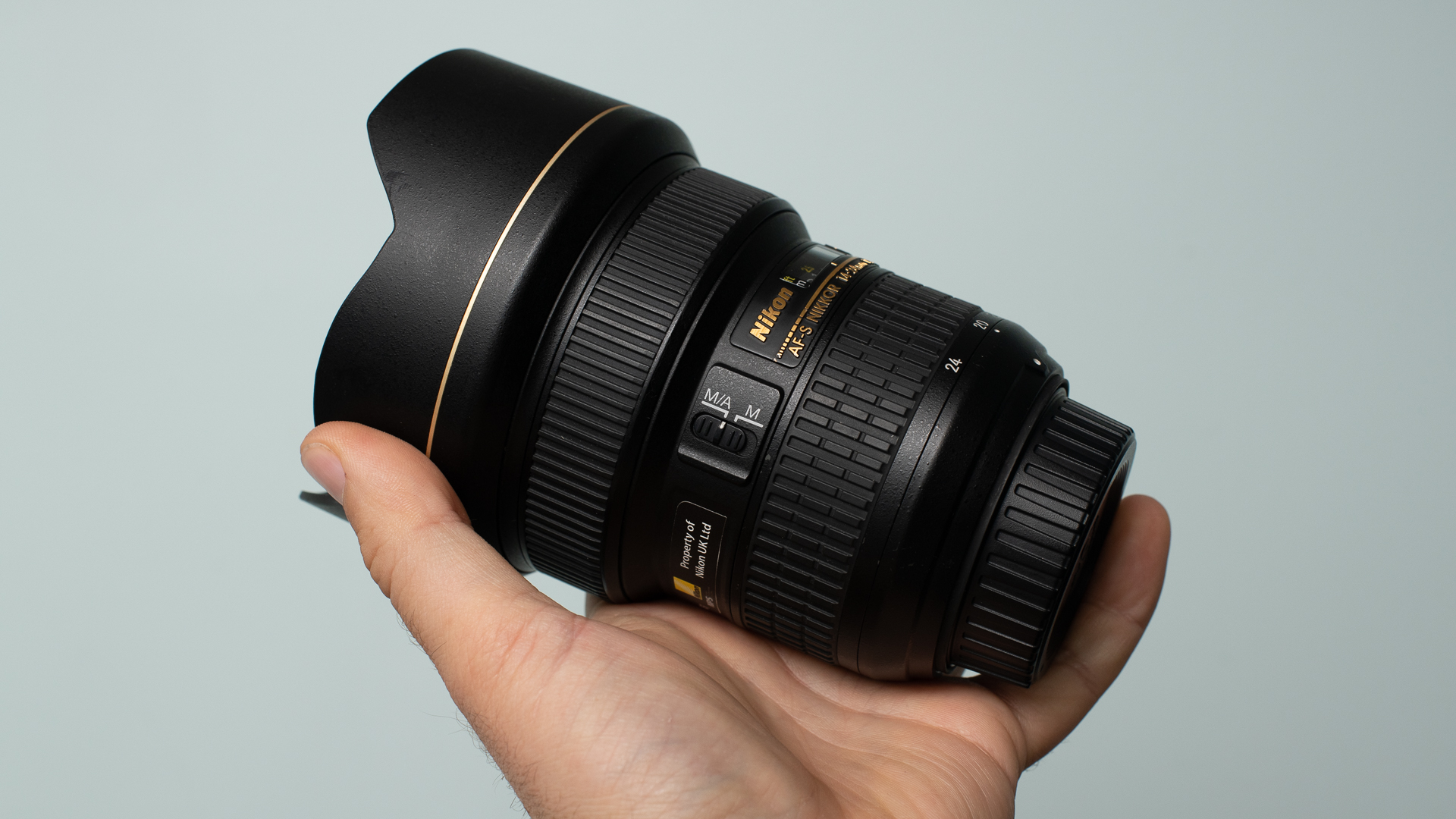
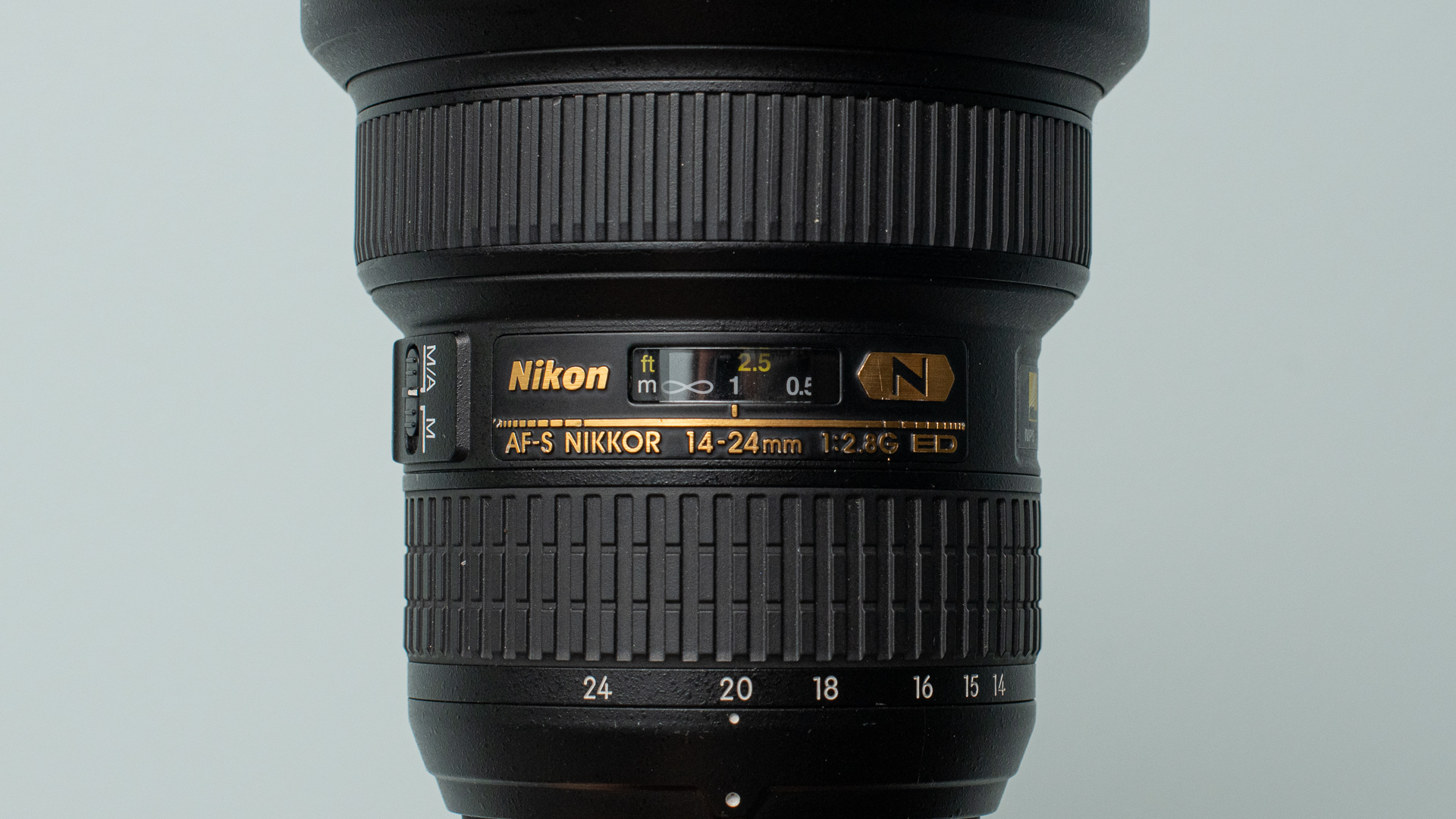

Specifications
Reasons to buy
Reasons to avoid
✅ You want an ultra-wide zoom: With its 12-24mm zoom range and fast f/2.8 maximum aperture, this is a great lens for Nikon F-Mount users.
✅ You value image quality: The image quality produced by the lens is excellent, with beautifully sharp results possible.
❌ You’d prefer a lighter lens: at 2.2 lbs / 1 kg, this is a heavy lens, and there are lighter F-Mount zooms available, although not as wide.
❌ You’d like a newer lens: If you shoot with a Nikon Z-Series camera, you can use this lens with an adaptor, but newer native alternatives are available.
🔎 The Nikon AF-S 14-24mm f/2.8 ED is a fantastic lens for low-light photography thanks to its ultra-wide focal range, fast maximum aperture and excellent image quality. It can also be used with Nikon mirrorless cameras using an adaptor. ★★★★½
The Nikon AF-S 14-24mm f/2.8 ED is a classic DLSR lens for astro, landscape and architecture photographers. It offers excellent image quality alongside its ultra wide-angle focal range. Plus, it can also be used with Nikon Z-Series mirrorless cameras using the Nikon FTZ II adaptor, so there’s still plenty of potential for this lens in the future.
Design: The design of the lens is fairly straightforward with no manual aperture ring, a large manual focus ring and an AF/MF switch. Build quality is excellent, and the built-in petal hood helps to protect the bulbous front element. It’s a bit of a beast with a weight of 2.2 lbs / 1 kg, but this is testament to the build quality and optical construction.
Performance: In our Nikon AF-S 14-24mm f/2.8 ED review, we found image quality was excellent. Images are consistently sharp, while distortion, chromatic aberration and vignetting are kept to a minimum. The latter is noticeable wide open, but this can be easily removed in photo editing software.
Functionality: Fast and precise autofocus aside, the wide and grippy zoom and manual focus rings make adjustments in these areas easy and effective. Not to mention, their size makes operation easy even when wearing gloves and/or when working in the dark. It’s simple in some ways, but it’s what you need for shooting astrophotography.
Read our full Nikon AF-S 14-24mm f/2.8 ED review
Attributes | Notes |
|---|---|
Design: | Excellent build quality you can depend on. |
Performance: | Fantastic image quality with high levels of sharpness. |
Functionality: | Easy and comfortable to operate. |
Best Nikon F-Mount prime
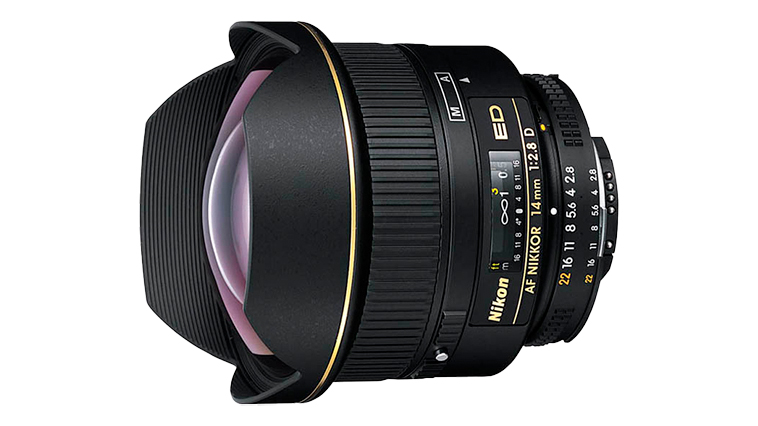
Nikon 14mm f/2.8D ED AF-S
Our expert review:
Specifications
Reasons to buy
Reasons to avoid
✅ You’re looking for a bargain: If you shoot with a Nikon DSLR, you can find this lens both new and at second-hand bargain prices.
✅ You need to go wide: If you shoot with a Nikon DSLR, this is a classic lens for astrophotography that will work seamlessly with your camera.
❌ You want a modern lens: Being 25 years old, you could find newer F-Mount lenses and Z-Mount lenses if you shoot with Nikon mirrorless cameras.
❌ You want a faster lens: f/2.8 is perfectly adequate for astrophotography, but you can find ultra-wide-angle primes with faster maximum apertures.
🔎 The AF Nikkor 14mm f/2.8D ED may be a discontinued lens, but you can still pick it up new from some retailers, with second-hand bargains also available. This ultra wide-angle prime isn’t the fastest at f/2.8, but it’s still a worthy consideration for astrophotography. ★★★★
The AF Nikkor 14mm f/2.8D ED is a professional ultra wide-angle prime lens for Nikon F-Mount DSLRs. This compact mid-weight lens was released back in 2000, and remains an attractive option for astrophotographers shooting with Nikon F-Mount DSLRs.
Design: You can tell this is an older Nikon lens design as soon as you see it. The biggest giveaway is the manual aperture ring. Build quality is good, although switching to manual focus is quirky with a ring on the lens that needs to be rotated into position to switch between auto and manual focus. The front element is also bulbous with a built-in petal lens hood.
Performance: Image quality is pretty good overall, but it’s far from perfect since the lens suffers from moustache distortion. This is where images barrel in the centre and have pincushion distortion towards the edges of the frame. This is less of an issue with astrophotography than it is with landscape photography. Images are sharp, but there is fairly strong vignetting wide open.
Functionality: Despite being an older lens, the AF Nikkor 14mm f/2.8D ED still performs well and can be used with Z series Nikon cameras when paired with the Nikon FTZ II adaptor. The manual aperture ring is also useful because you can set it to the maximum f/2.8 aperture and leave it there with only manual focus to adjust when you shoot.
The AF Nikkor 14mm f/2.8D ED hasn’t been reviewed individually
Attributes | Notes |
|---|---|
Design: | An older design with respectable build quality. |
Functionality: | A simple lens with a manual aperture ring. |
Performance: | Distortion is present, and the lens vignettes wide open. |
Best Nikon Z-Mount zoom
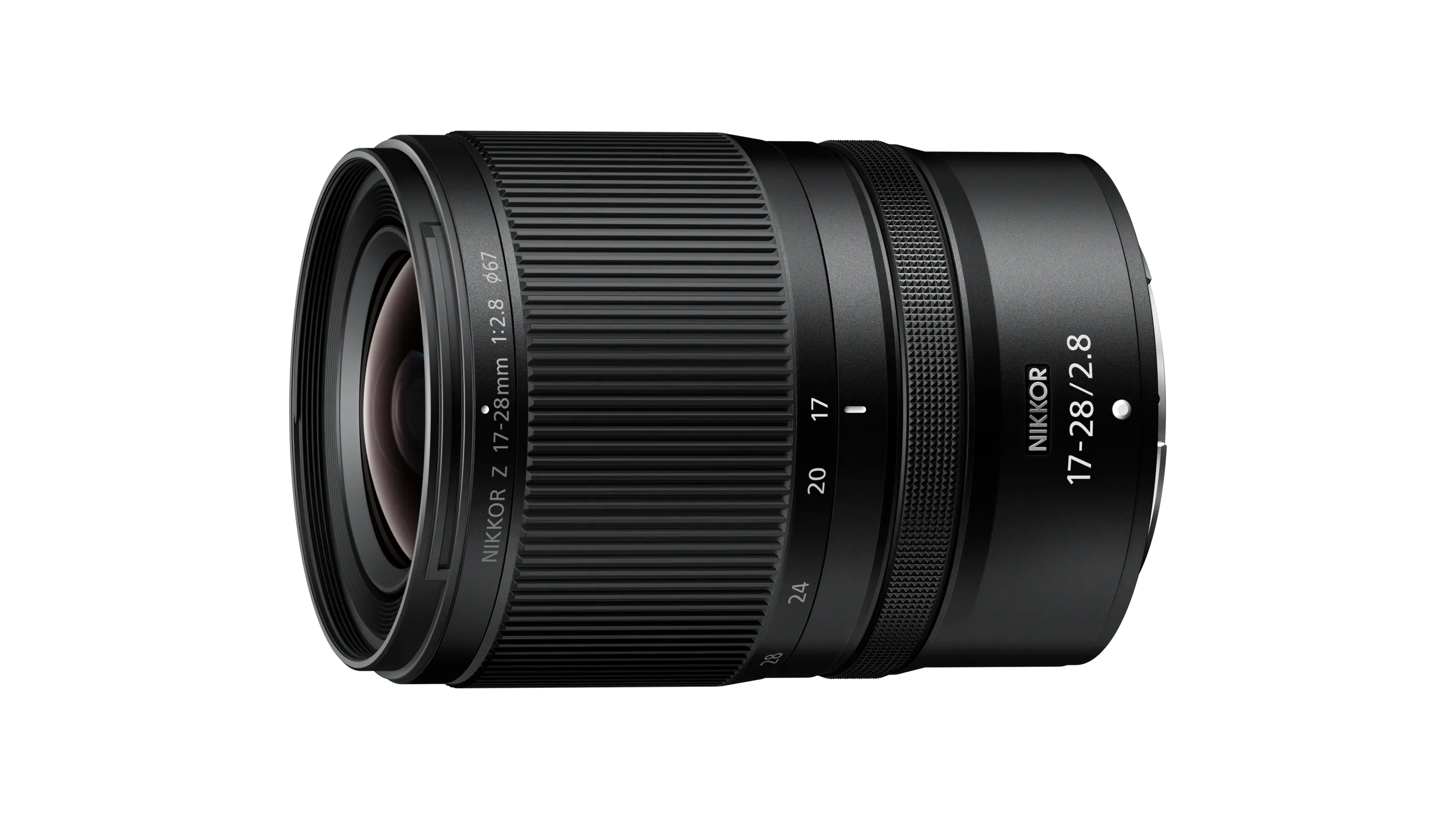
Nikkor Z 17-28mm f/2.8
Our expert review:
Specifications
Reasons to buy
Reasons to avoid
✅ You’d like excellent image quality: The image quality produced by this lens is overall fantastic. It may not be as fast as a prime, but it’s incredibly versatile.
✅ You’re on a budget: This lens is incredibly well-priced, so although it’s not cheap, it’s certainly far from the most expensive zoom of this type.
❌ You need a wider zoom: The NIKKOR Z 14-24mm f/2.8 S is naturally a wider-angle zoom, and those three extra millimeters will make a difference.
❌ You’d like a faster prime: Prime lenses are typically faster than zooms, so a faster prime is a great option if a fixed focal length is what you need.
🔎 The Nikkor Z 17-28mm f/2.8 is a cost-effective ultra wide-angle zoom that’s perfect for a range of astrophotography shots due to its useful and versatile focal range. Image quality is also excellent, so this lens is a win-win. ★★★★½
The Nikkor Z 17-28mm f/2.8 offers a fantastic and versatile focal range for astrophotography, coupled with a reasonably fast f/2.8 maximum aperture. It’s also a great lens for landscape and cityscape photography if you also shoot these subjects. The cost of the lens is also attractively low considering the specs and the performance that are on offer.
Design: The build quality of this compact and lightweight lens is excellent. The zoom ring is also narrow, while the manual focus ring is wide, making it easy to operate when wearing gloves. The only downside to the design is that there isn’t an AF/MF switch, so you have to switch to manual focus in the camera menu, although this isn’t a dealbreaker.
Performance: Image quality is impressive with great edge sharpness when shooting wide open. Vignetting is also mild and can be easily removed in photo editing software. Vignetting drops significantly by f/3.2, but it’s best to shoot wide open and remove vignetting in software.
Functionality: The key features of this lens are the 17-28mm focal range coupled with the f/2.8 maximum aperture. The 67mm filter thread is also useful if you intend to use star and/or color correction filters to remove the orange glow of artificial light sources, if present in the sky.
Full Nikkor Z 17-28mm f/2.8 review coming soon
Attributes | Notes |
|---|---|
Design: | Excellent build quality, compact and lightweight. |
Functionality: | Great combination of focal range and maximum aperture. |
Performance: | Image quality is fantastic overall. |
Best Nikon Z-Mount prime
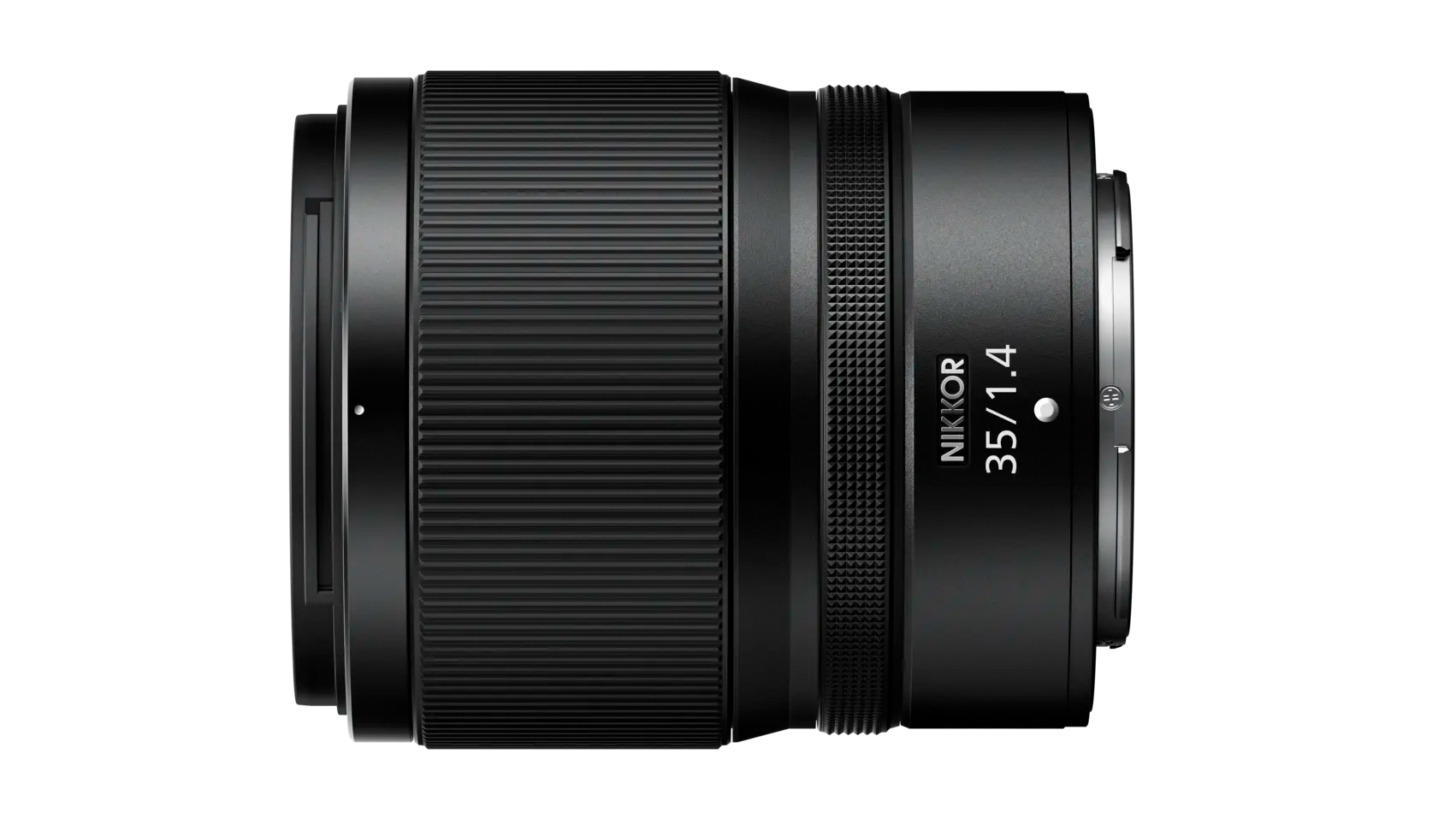
Nikkor Z 35mm f/1.4
Our expert review:
Specifications
Reasons to buy
Reasons to avoid
✅ You’d like a fast 35mm: 35mm prime lenses provide a classic astrophotography focal length that’s ideal when incorporating foreground interest in night sky shots.
✅ You don’t want a zoom lens: Zoom lenses are never as fast as primes, so although more expensive, a collection of primes can be a beneficial alternative.
❌ You’d like less chromatic aberration: This lens at f/1.8 is sharper than the Nikkor Z 35mm f/1.8 S is wide open, but the f/1.4 version suffers more from chromatic aberration.
❌ You’d prefer flexibility: Zoom lenses naturally provide greater flexibility with their variable focal length, so you may find this type of lens more useful.
🔎 With excellent build quality coupled with weather resistance, a fast maximum aperture and a useful focal length, the Nikkor Z 35mm f/1.4 is a great choice for full-frame Nikon Z cameras. What’s more, the lens comes in at an attractive price. ★★★★
The Nikkor Z 35mm f/1.4 is a fantastic lens for astrophotography thanks to its focal length and fast maximum aperture. It’s also compact and lightweight, so it won’t weigh you down during long nights on location capturing the night sky. It also offers a minimum focusing distance of 10.6 in / 27 cm, so it has a wide scope for capturing a range of photographic subjects.
Design: The build quality of this compact and lightweight lens is excellent and offers weather resistance. There’s a narrow clickless control ring for assigning functions, while the manual focus ring is wide, making it easy to operate when wearing gloves. The downside of the design is that there isn’t an AF/MF switch, so you have to switch to manual focus in the camera menu, which is common with many Z-Series lenses.
Performance: Image quality is good but not exceptional, with chromatic aberration and vignetting wide open. This lens at f/1.8 is sharper than the Nikkor Z 35mm f/1.8 S is wide open, but the f/1.4 version suffers more from chromatic aberration. At f/1.4, it’s also much less sharp than at f/1.8, but it’s still a less expensive lens than the slower version.
Functionality: This is an incredibly affordable lens given the specs and build quality on offer. The lens is simple in its design, with the only feature of note being the aforementioned control ring, although this is best left inactive when shooting in low light to avoid accidentally adjusting settings.
Full Nikkor Z 35mm f/1.4 review coming soon
Attributes | Notes |
|---|---|
Design: | Robust yet simple weather-sealed design. |
Functionality: | Clickless control ring for assigning settings |
Performance: | Good image quality, but chromatic aberration is visible. |
Best Canon RF zoom
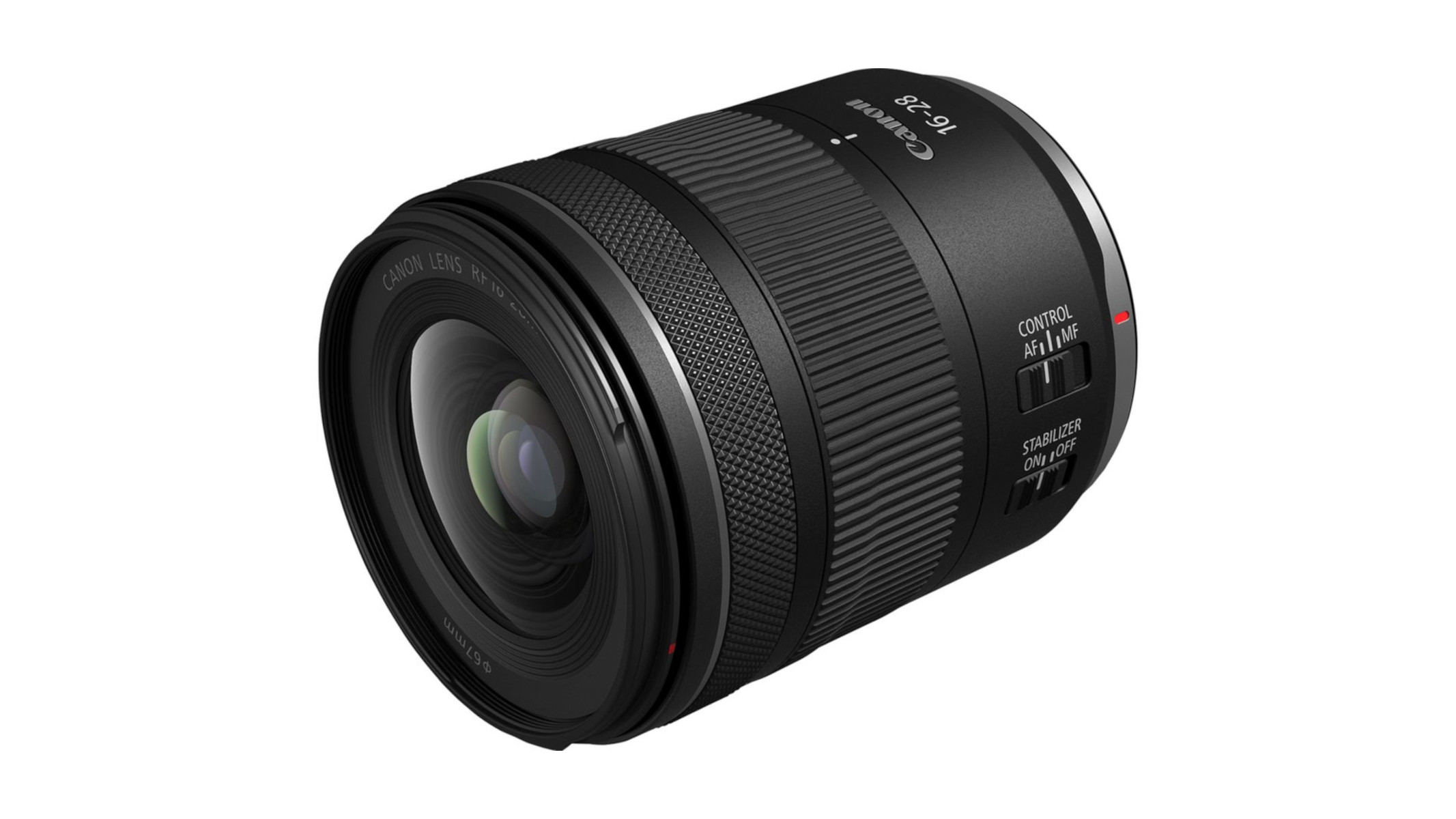
Canon RF 16-28mm F2.8 IS STM
Our expert review:
Specifications
Reasons to buy
Reasons to avoid
✅ You’d like an affordable zoom: Since this isn’t a 16-35mm f/2.8, it’s smaller, lighter and less expensive than alternative lenses of this type.
✅ You require versatility: The 16-28mm focal range combined with the f/2.8 maximum aperture make the lens extremely useful in a range of situations.
❌ You need a faster lens: If you would like a larger maximum aperture for capturing the night sky, a prime lens is what you need.
❌ You’d like a higher-quality lens: If you’d prefer the best glass Canon offers, you’ll have to look at the more expensive L-Series range of lenses.
🔎 The Canon RF 16-28mm F2.8 IS STM is a compact and lightweight lens thanks to the reduced focal range compared to alternatives. It’s reasonably priced, and image quality is impressive in the corners when shooting wide open. ★★★★
The Canon RF 16-28mm F2.8 IS STM is an impressive ultra wide-angle Canon RF lens, perfect for astrophotography, landscapes, architecture and travel photography. It’s one of several options from Canon in the wider zoom spectrum, but what makes this lens attractive is the price and the impressive image quality it produces.
Design: The lens is well-made and is weather-sealed. The front of the lens is retractable so it moves as you zoom, but this isn’t an issue. The zoom ring is generous in size while the manual focus ring is quite narrow, so gloved use of the lens may be an issue. The RF 16-28mm is also compact and lightweight, which is great for location-based photographers.
Performance: Centre sharpness is excellent, and corner sharpness is perfectly acceptable at 16mm at f/2.8. Vignetting and distortion are visible in Raw files captured with the lens, so lens corrections in Adobe Lightroom or similar software are essential. However, once applied, image quality is fantastic, and this is a common feature of modern lenses, so it’s not a surprise.
Functionality: The RF 16-28mm is a simple lens, but it does offer Optical Image Stabilization of up to 5.5 stops of compensation, which is great for handheld shooting. This is of no use for astrophotography, but a welcome feature nonetheless. The filter thread size is also a modest 67mm.
Full Canon RF 16-28mm F2.8 IS STM review coming soon
Attributes | Notes |
|---|---|
Design: | Weather-sealed yet simple design. |
Functionality: | OIS of up to 5.5 stops of compensation. |
Performance: | Great image quality, although corrections are required. |
Best Canon RF Prime
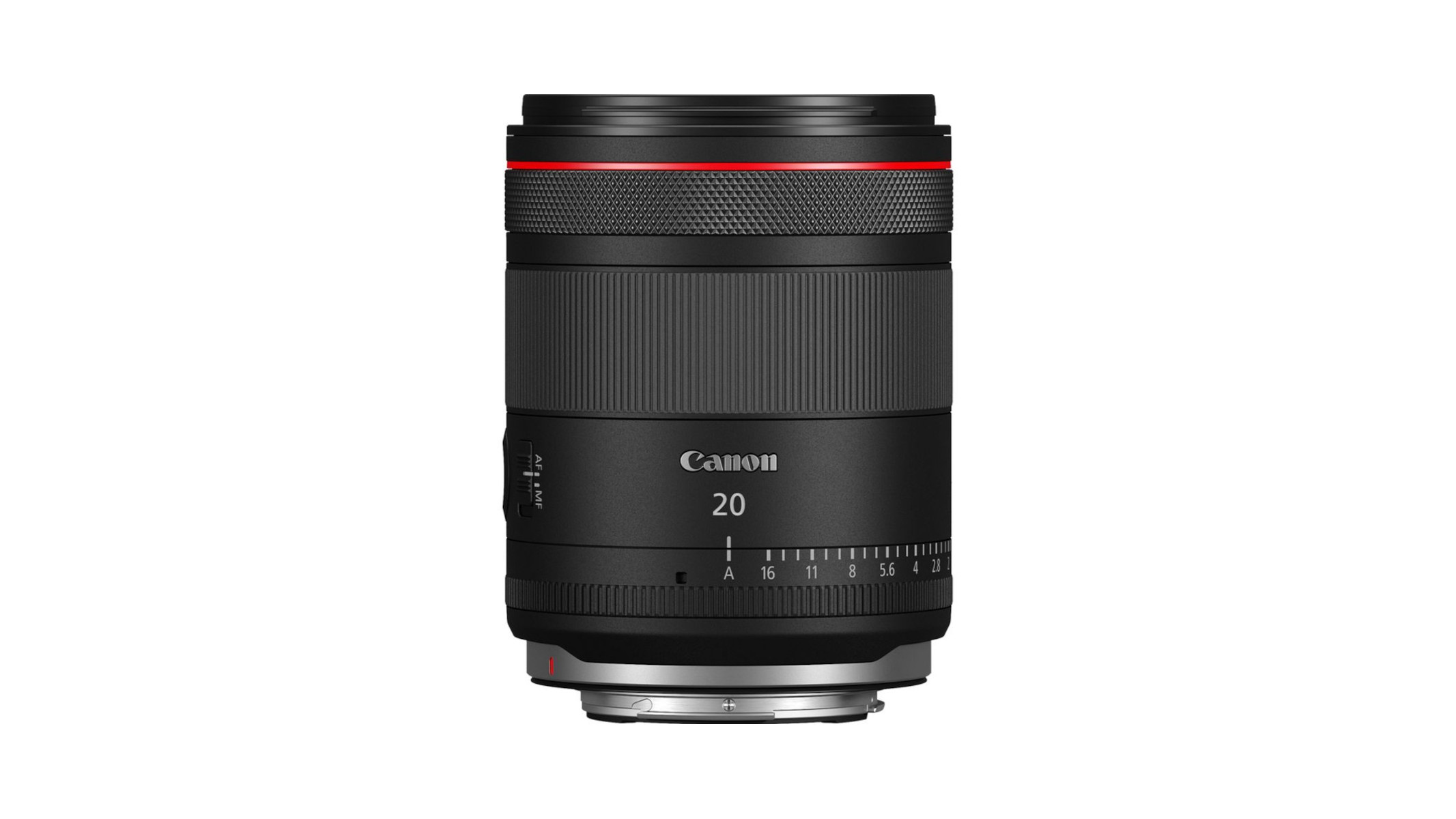
Canon RF 20mm F1.4L VCM
Our expert review:
Specifications
Reasons to buy
Reasons to avoid
✅ You want a fast and wide canon prime: 20mm lenses are fantastic for astrophotography, while the f/1.4 maximum aperture is another win for Canon users.
✅ You shoot photos and videos: While this lens is excellent for stills, being a hybrid lens means it’s also equally good for video capture.
❌ You need greater flexibility: You may find that a slightly slower zoom with a variable focal length is going to be more useful to you than a prime lens.
❌ You Shoot APS-C: This lens has an equivalent focal length of 32mm on APS-C R-Series cameras, so it’s arguably too expensive for use in this way with the focal length increase.
🔎 The Canon RF 20mm F1.4L VCM is an astrophotography powerhouse, whether you intend to capture night sky photos, videos or both. Its hybrid credentials and great image quality make it a worthy addition to Canon R-Series camera owners’ kit bags. ★★★★½
The Canon RF 20mm F1.4L VCM is Canon’s widest hybrid L-Series prime lens for photos and videos, with features and functionality aimed at both types of image capture. Also, being an L-Series lens, its build quality and overall handling are exactly what you’d expect from a premium wide-angle lens with a fast maximum aperture.
Design: This lens is identical to the hybrid primes that are part of the same group, with only the weight between the lens options being different. The build quality is reassuringly robust, with weather sealing thrown in for good measure. The manual focus ring is also nice and wide with comfortable resistance during operation.
Performance: Image quality is great, although, like the other hybrid lenses, either in-camera corrections for JPEGs or software corrections for Raw files are essential. Once the heavy distortion is corrected, however, image quality is fantastic. There’s naturally vignetting wide open, but this is successfully removed by both types of lens corrections.
Functionality: The lens, in terms of features, is a basic prime, but with a manual aperture ring. This is for video-only unless you’re using a 2024 onwards camera body. There’s also a control ring that can have functions assigned to it, although this is best left inactive when shooting in the dark to avoid accidentally adjusting settings.
Full Canon RF 20mm F1.4L VCM review coming soon
Attributes | Notes |
|---|---|
Design: | High-quality, tried and tested L-Series design and build. |
Functionality: | Fast and wide with photo and video functionality. |
Performance: | Great image quality despite the reliance on lens corrections. |
Best Fujifilm zoom
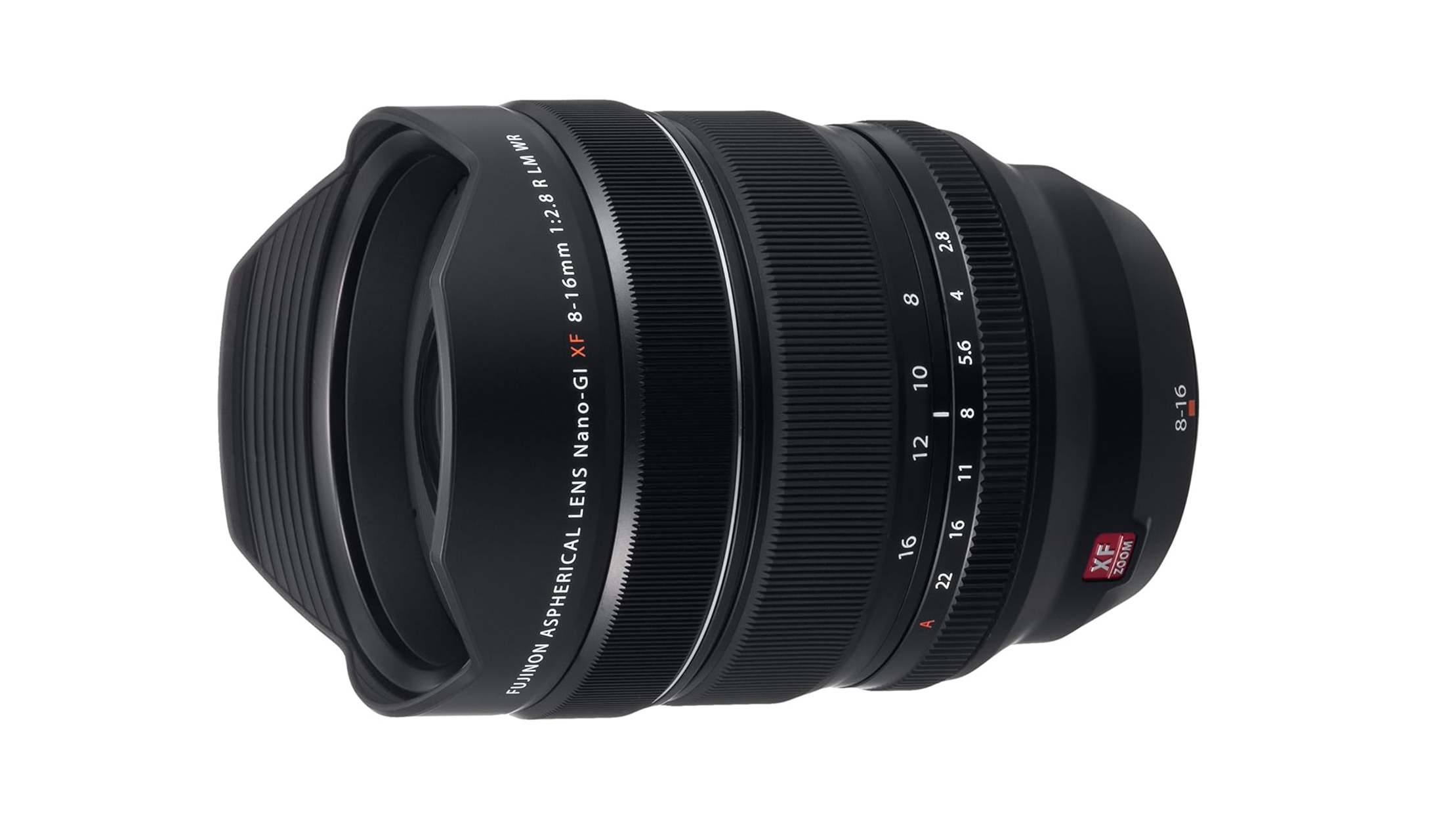
Fujinon XF 8-16mm F2.8 R LM WR
Our expert review:
Specifications
Reasons to buy
Reasons to avoid
✅ You need ultra-wide versatility: With its 12-24mm equivalent focal length and fast f/2.8 maximum aperture, this lens is likely to see plenty of use.
✅ You’d like great image quality: Image quality is best in the centre of the frame wide open at 8mm, but the fall-off in edge sharpness still isn’t a dealbreaker.
❌ You want exceptional edge sharpness: For a sharper image across the frame alongside a faster aperture, you’ll need one of Fujifilm’s prime lenses.
❌ You’d like a lighter lens: This lens is the size and weight you’d expect of a full-frame lens, so it’s far from the most compact option available.
🔎 The Fujinon XF 8-16mm F2.8 R LM WR is the widest fast zoom lens available for Fujifilm X-Mount cameras, so it’s a must-have if this is what you’re looking for. Image quality is good wide open, while build quality is excellent. ★★★★½
Fujinon XF 8-16mm F2.8 R LM WR is a sharp and robust ultra wide-angle lens with a 12-24mm equivalent focal range for Fujifilm X-Mount cameras. It’s an absolute beast in terms of size and weight, but it more than makes up for this with its versatility and usefulness when capturing the night sky.
Design: The XF8-16mm is a professional lens and the design and build quality match. It’s fair to say that the lens is built like a tank and offers weather resistance, and the weather sealing is so good, it’s a lens that you can use in adverse conditions confidently. The front element is slightly bulbous and has a built-in petal lens hood to provide protection.
Performance: Image quality is excellent overall, but for astrophotography, edge sharpness is lowest at 8mm at f/2.8. It remains usable, and edge sharpness does improve at 10mm. Centre sharpness is the most impressive, as you’d expect for an ultra wide-angle zoom with this focal range. Vignetting is also strongest wide open, but can be easily fixed in photo editing software.
Functionality: Focal range and fast maximum aperture aside, the 8-16mm features a manual aperture ring like many Fujifilm lenses. It’s advertised as being perfect for astrophotography and landscapes among other subjects, and its overall performance certainly confirms this.
Full Fujinon XF 8-16mm F2.8 R LM WR review coming soon
Attributes | Notes |
|---|---|
Design:
| Excellent build quality, but large and heavy for an APS-C lens. |
Functionality: | Fast, ultrawide and features a manual aperture ring. |
Performance: | Great image quality overall. |
Best Fujifilm prime
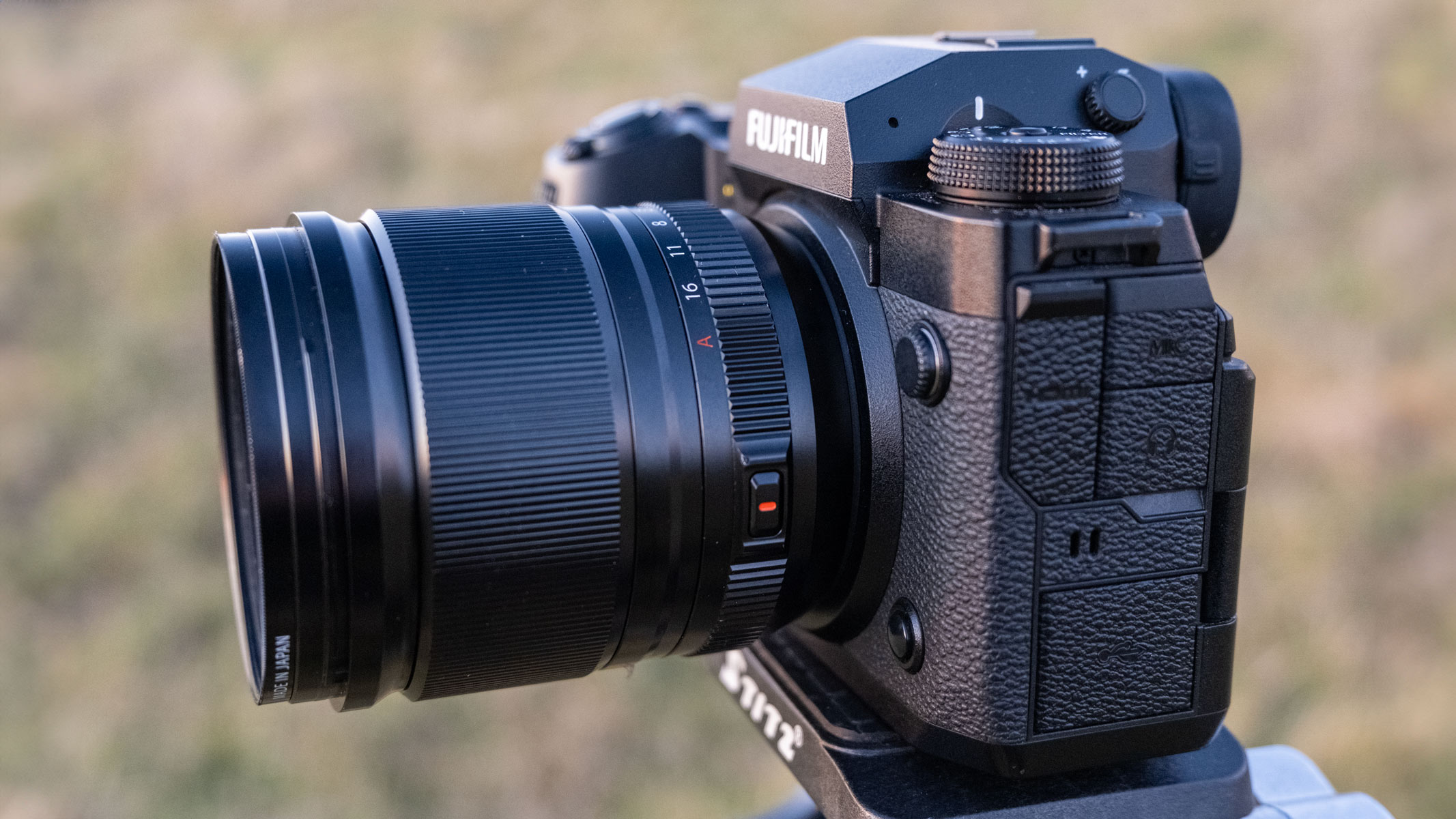
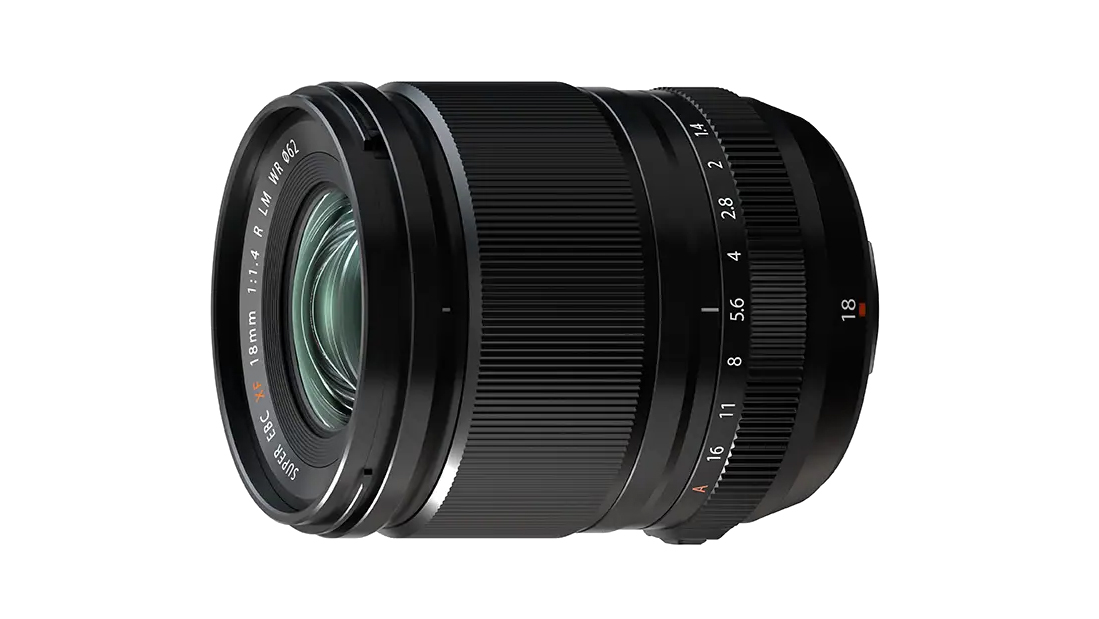
Fujifilm XF 18mm F1.4 R LM WR
Our expert review:
Specifications
Reasons to buy
Reasons to avoid
✅ You’d like a fast and wide prime: with a 27mm equivalent focal length and f/1.4 maximum aperture, this is a great lens for astrophotography.
✅ You value image quality: Image quality can’t be faulted, and you will undoubtedly be impressed with what this lens is capable of.
❌ You’d prefer a zoom: This is obvious, but if you feel a fixed focal length would be a limitation, consider a Fujifilm Zoom with an f/2.8 maximum aperture.
❌ You’re on a budget: This lens isn’t cheap for an APS-C prime lens; it is great, but if you’re on a budget, consider a less expensive alternative prime lens.
🔎 The Fujifilm XF 18mm F1.4 R LM WR is a fantastic option for Fujifilm X-Mount camera owners. Not only is it well-built with weather sealing, but it also produces fantastic image quality. It’s not cheap, but it's worth a look if your budget stretches to it. ★★★★½
The Fujifilm XF 18mm F1.4 R LM WR isn’t a cheap lens, but it’s an incredibly attractive option for astrophotographers shooting with Fujifilm X-Mount cameras. This is a fast f/1.4 prime lens with a 27mm equivalent focal length, so although not the widest prime you might want to use for capturing the night sky, it’s still an incredibly useful focal length.
Design: This weather-sealed lens offers great build quality and features a wide manual focus ring. It’s certainly wide enough for use when wearing gloves. The overall design is quite unassuming, but the optical construction within is where the magic happens and is ultimately what’s most important.
Performance: Image quality is fantastic with low levels of chromatic aberration, vignetting and distortion. All of which can be corrected in photo editing software. Central sharpness is excellent at f/1.4, while the edges of the frame can’t be faulted either, which is incredible news for astrophotographers.
Functionality: As previously mentioned, this is an unassuming lens with plain looks that belie its performance and handling. It’s a solid lens with a 62mm filter thread, while the manual aperture ring can be set manually by rotating it to the desired setting, or set to A for camera-based control. All in all, this could be a must-have lens for astrophotographers shooting with Fujifilm X-Mount cameras.
Full Fujifilm XF 18mm F1.4 R LM WR review coming soon
Attributes | Notes |
|---|---|
Design: | Plain but solid design with weather sealing. |
Functionality: | A simple prime lens with manual and autofocus. |
Performance: | Excellent image quality throughout. |
How we tested the best wide-angle lenses
Lenses are tested by our expert staff or freelance contributors who have a wealth of photography knowledge and experience. Every lens test follows strict real-world testing, where every feature and all functions are tested to assess overall performance.
For image quality, a wide variety of test photos are captured to compare and contrast settings and to check sharpness, distortion and other image quality defects. These are backed up by capturing photos of subjects relevant to Space.com readers.
With complete editorial independence, Space.com is here to ensure you get the best buying advice on camera lenses, whether you should purchase one or not, making our buying guides and reviews reliable and transparent.
Best wide-angle lenses frequently asked questions
Which lens is best for me?
The best wide-angle lens for you will first and foremost depend on the lens mount of your camera. You have to choose a compatible lens, or it simply won’t attach to your camera. Secondly, you need to decide which focal length or focal range will provide the field of view you’re aiming to capture. Cost is a factor for many photographers, too, but buying the best glass you can afford is always recommended.
Prime or zoom lens?
Zoom lenses provide maximum flexibility with a typically slower maximum aperture than prime lenses. Prime lenses, on the other hand, have a fixed focal length and a typically faster maximum aperture as fast as f/1.2. Prime lenses with fast maximum apertures are a firm favourite among astrophotographers, although some zoom lenses can still be extremely useful.
Is Image Stabilization important?
Image Stabilization is most important when you plan to use a lens handheld and want to shoot at the lowest ISO settings possible for the conditions. It can also be useful when capturing video handheld. For astrophotography, however, you’ll need to shoot with the camera attached to a tripod, so this feature isn’t required in this situation.
Third-party or OEM?
Third-party lenses from manufacturers such as Sigma can produce better quality than OEM lenses, depending on the lens itself. Not always, but both types of manufacturers create low, medium and high-quality lenses. The great thing about having both options available to you is that it opens up many more lens options, which ultimately means there’s a much higher chance of finding the perfect lens for you.
Breaking space news, the latest updates on rocket launches, skywatching events and more!
James is an award-winning freelance landscape and portrait photographer, as well as a highly experienced photography journalist working with some of the best photography magazines and websites with a worldwide audience. He’s also the author of The Digital Darkroom: The Definitive Guide to Photo Editing. www.jamesaphoto.co.uk

